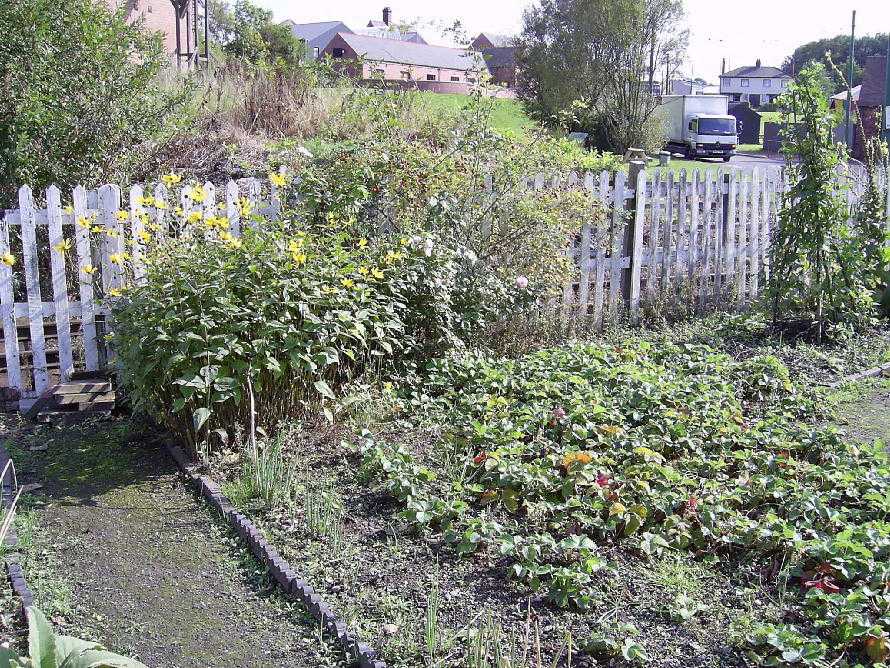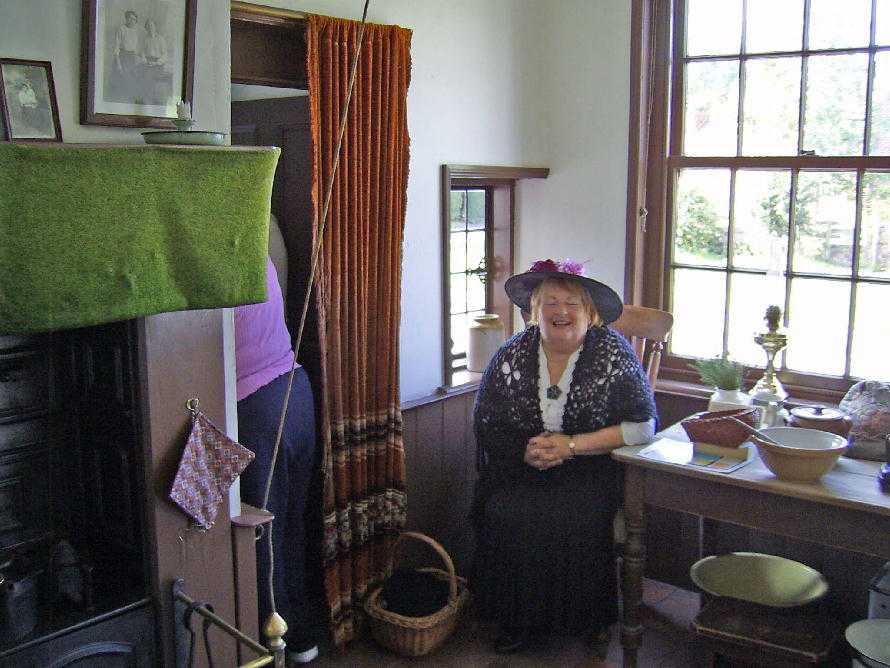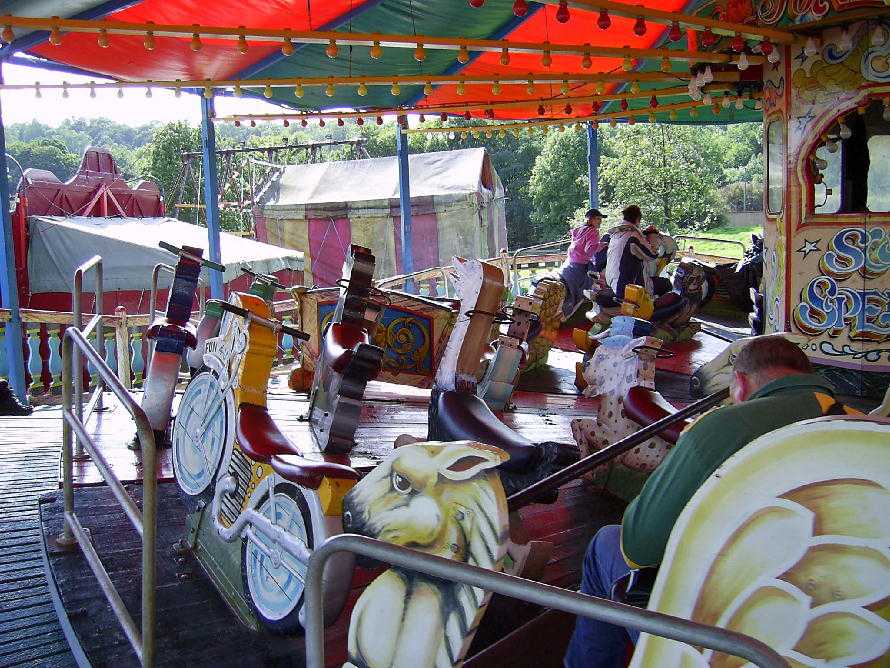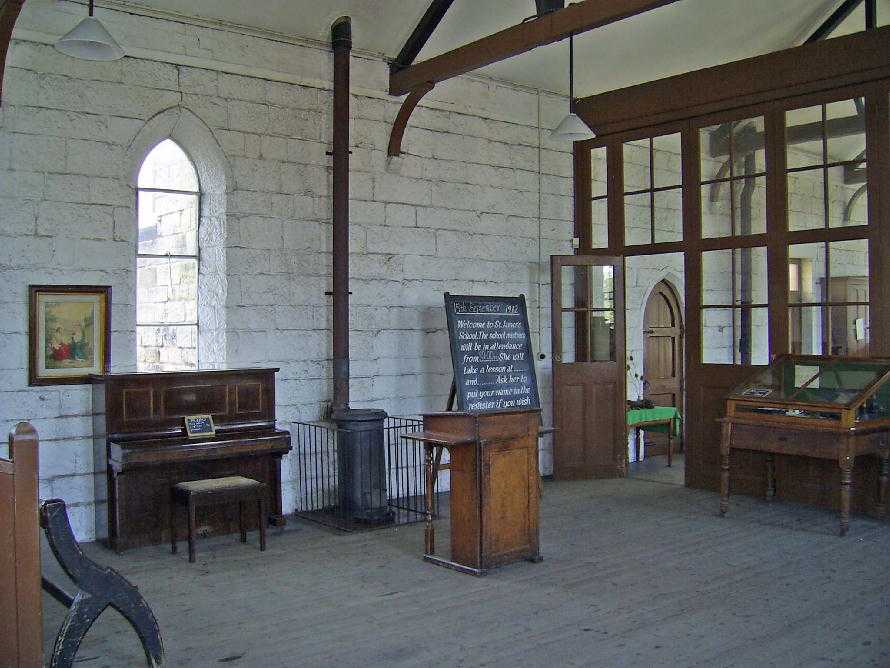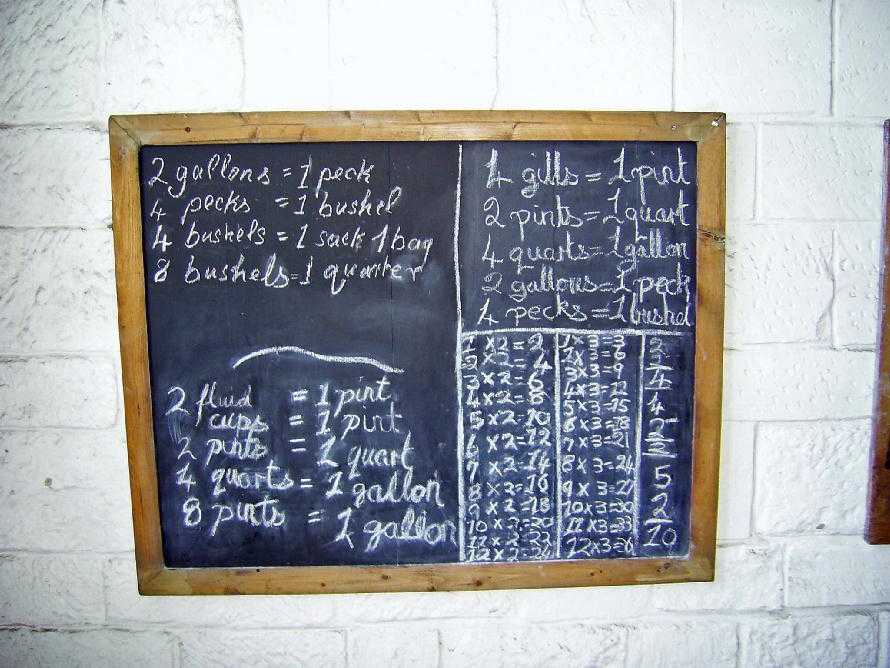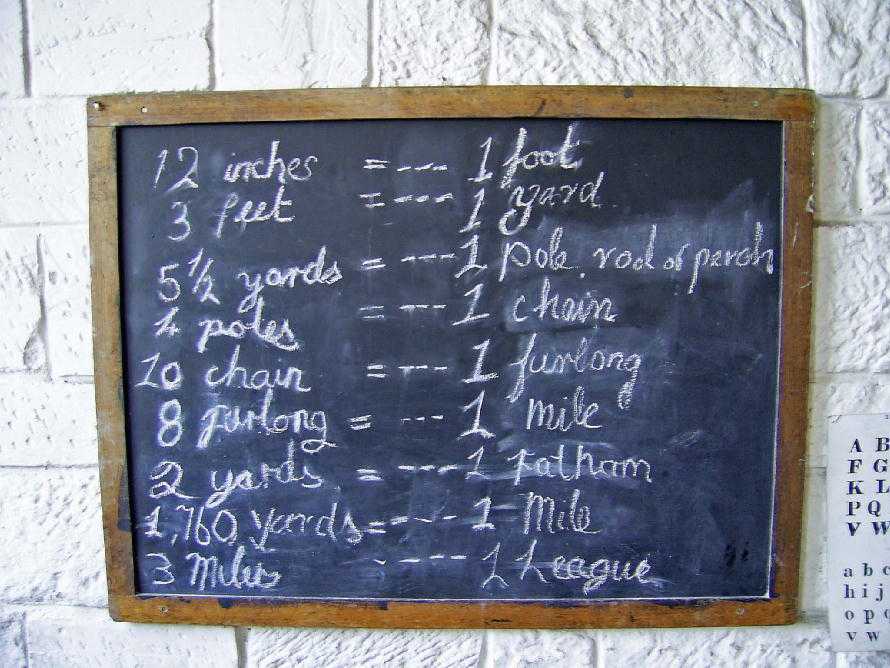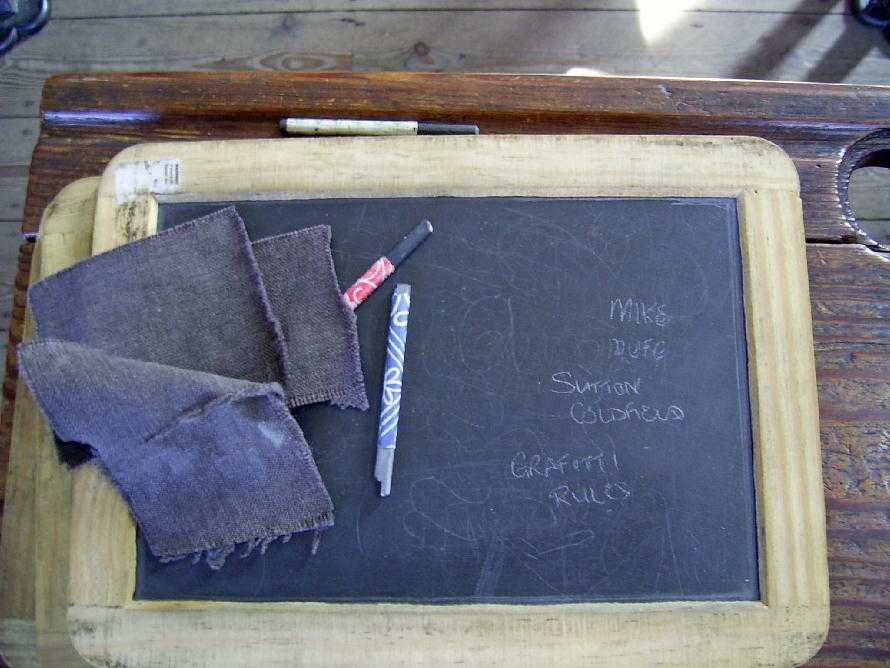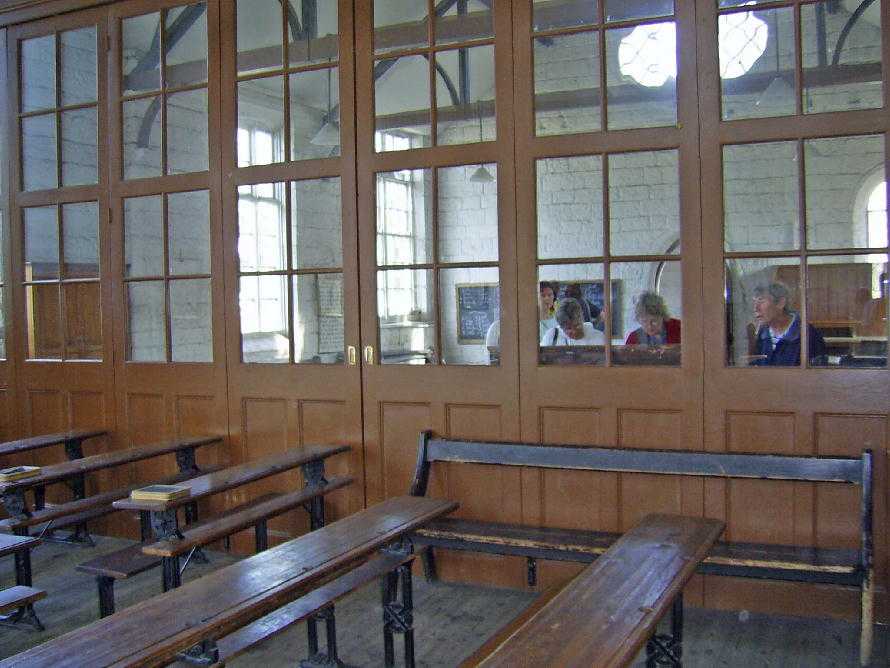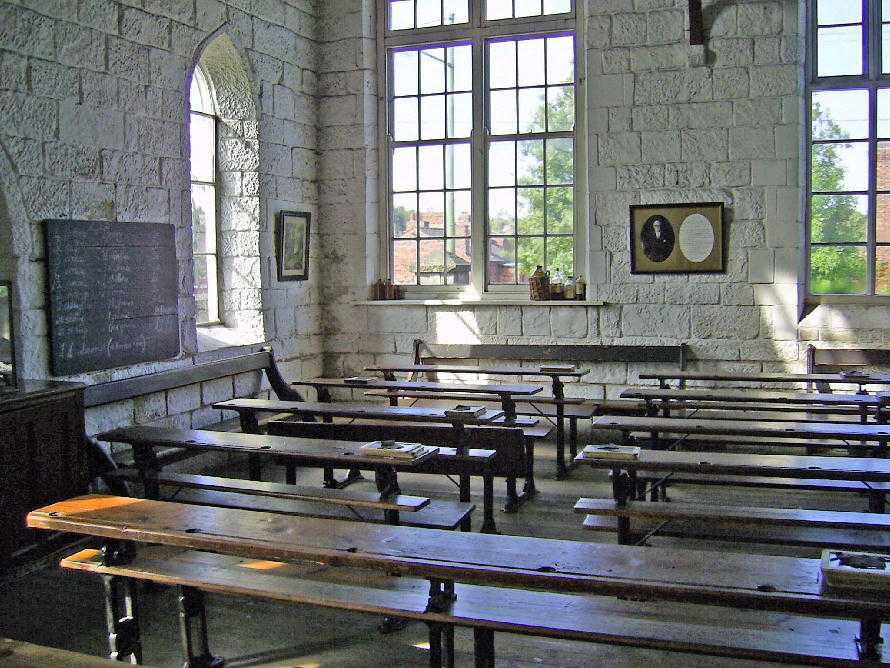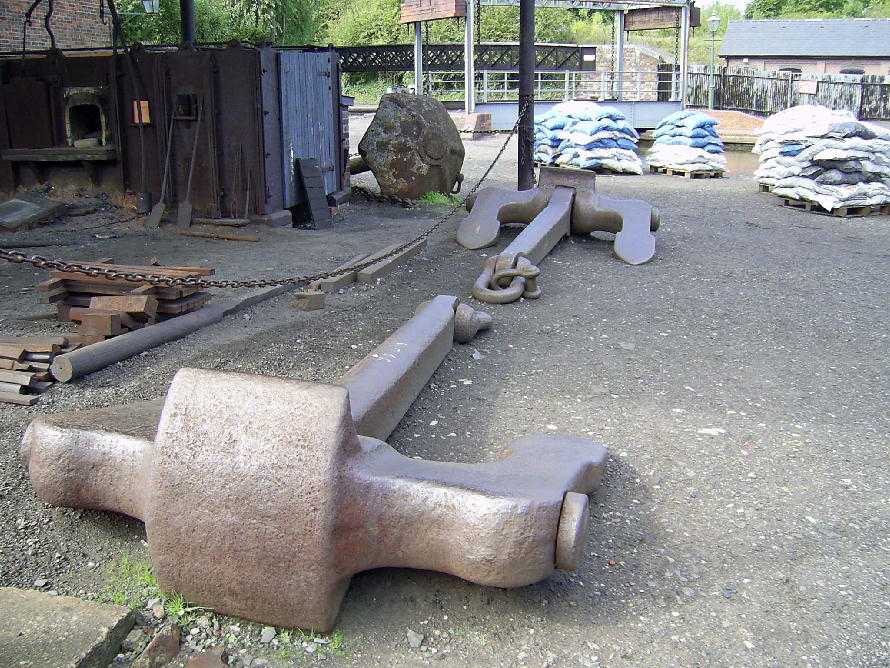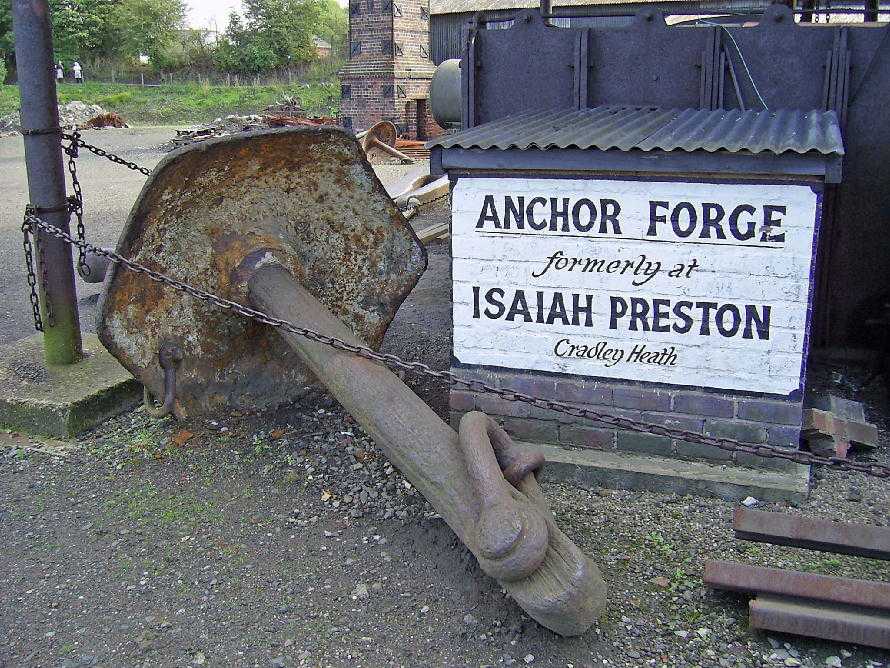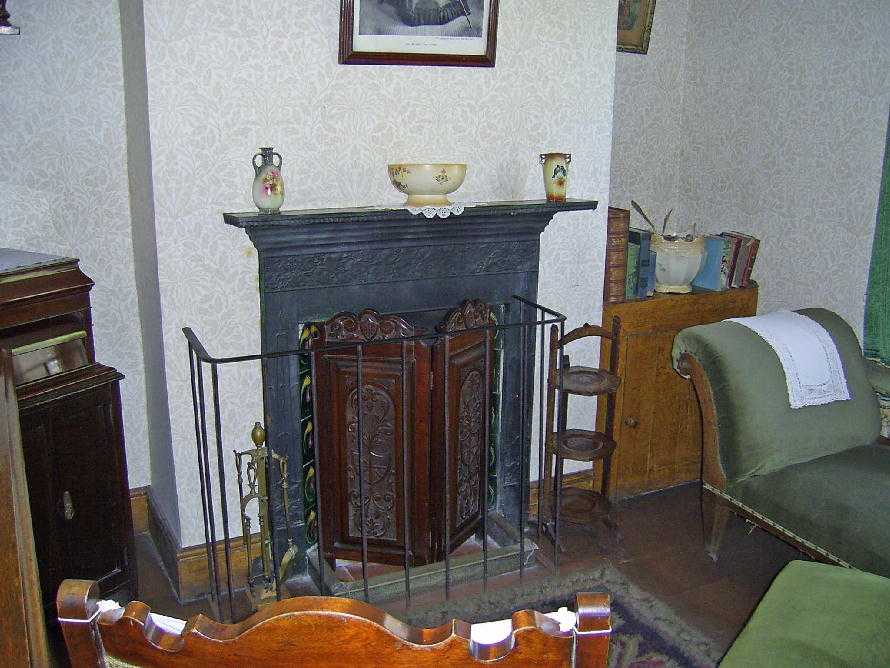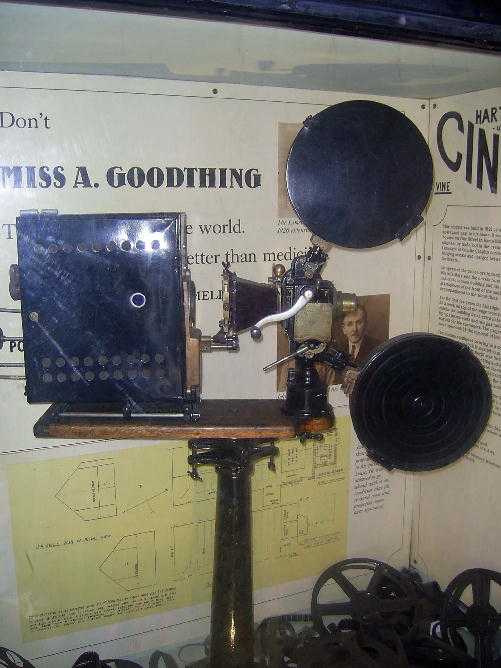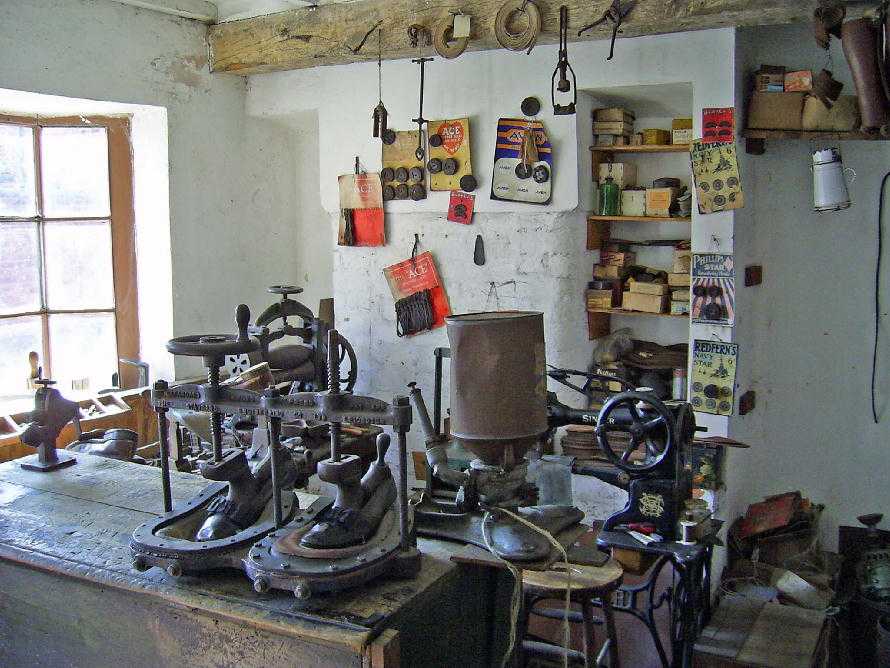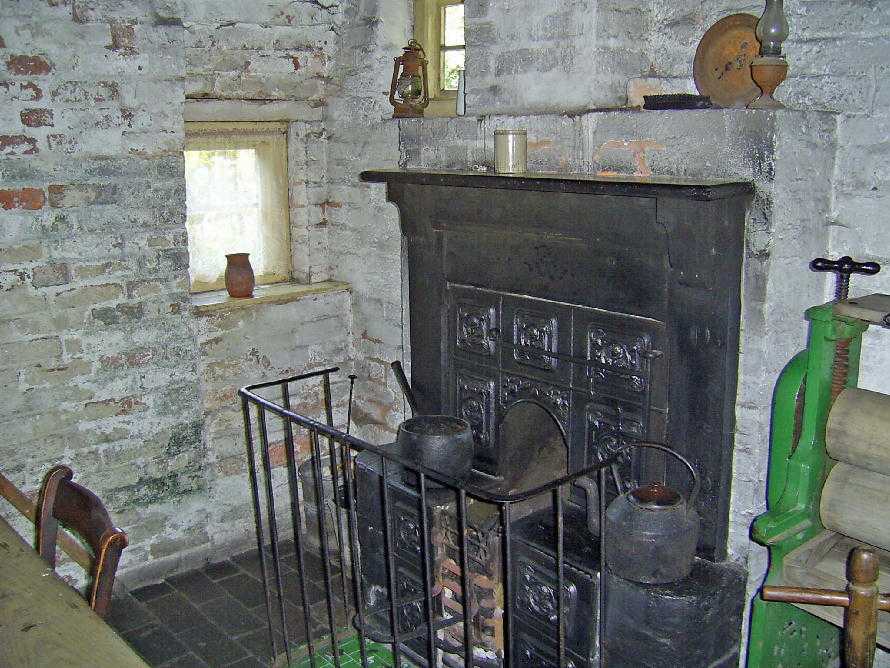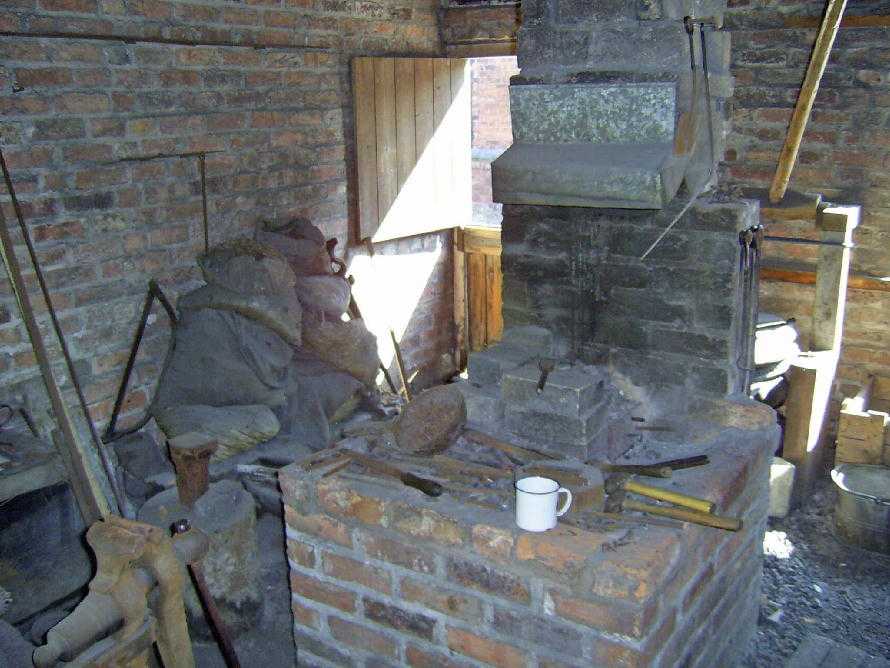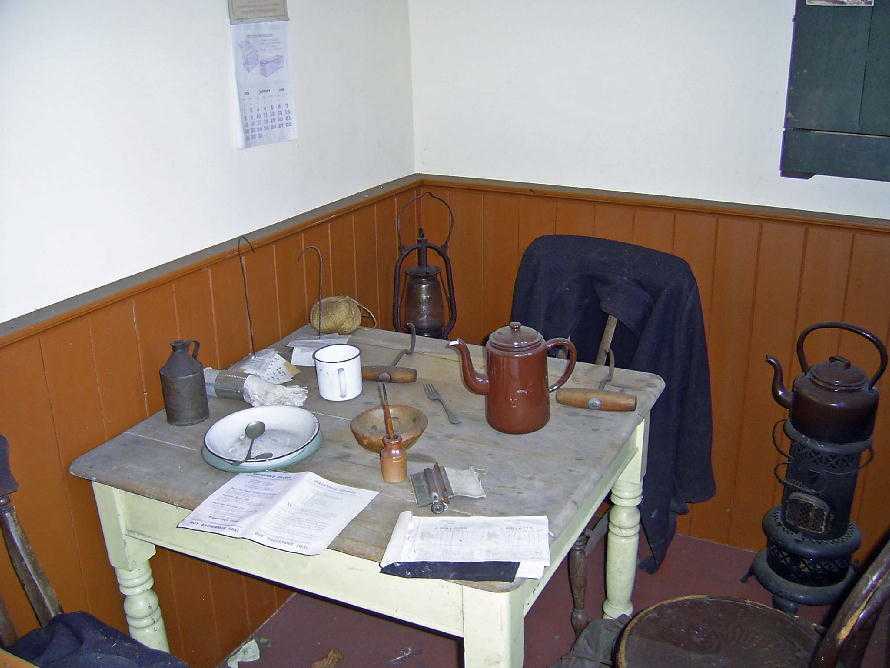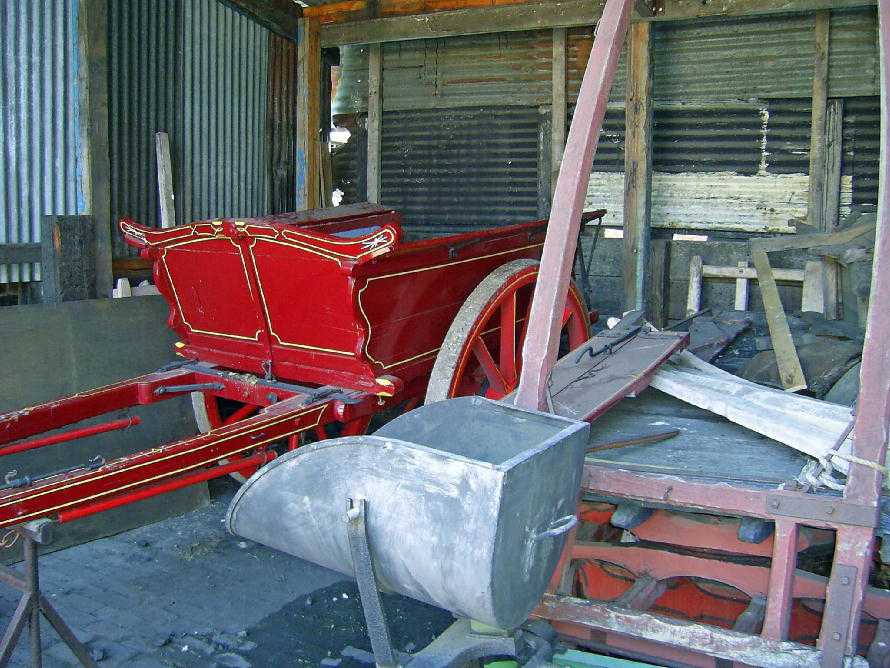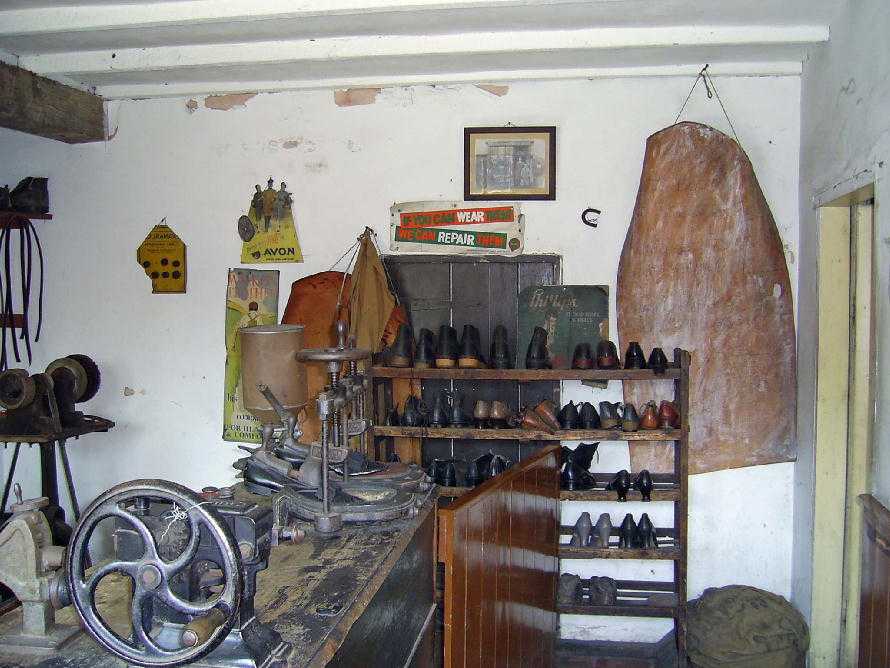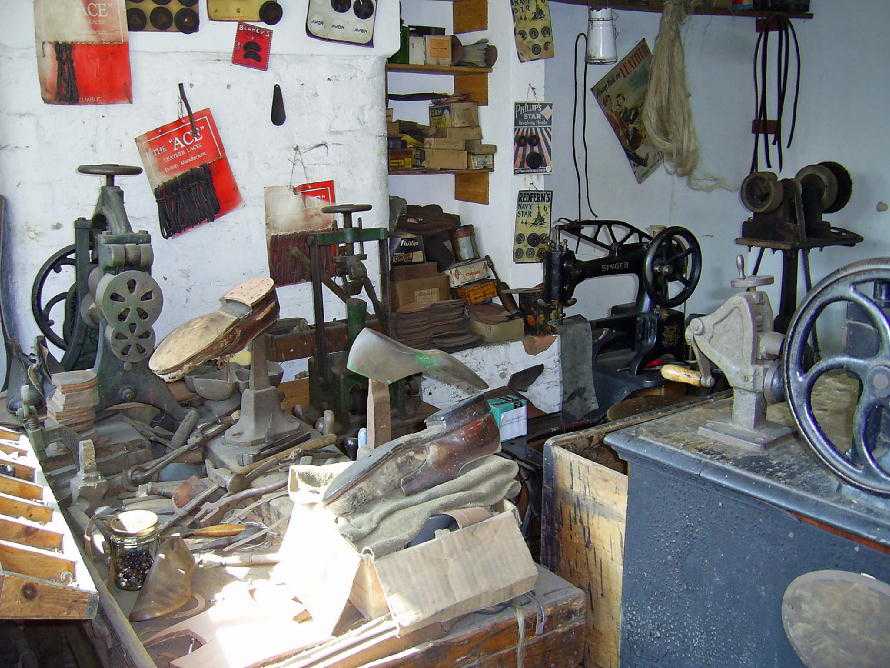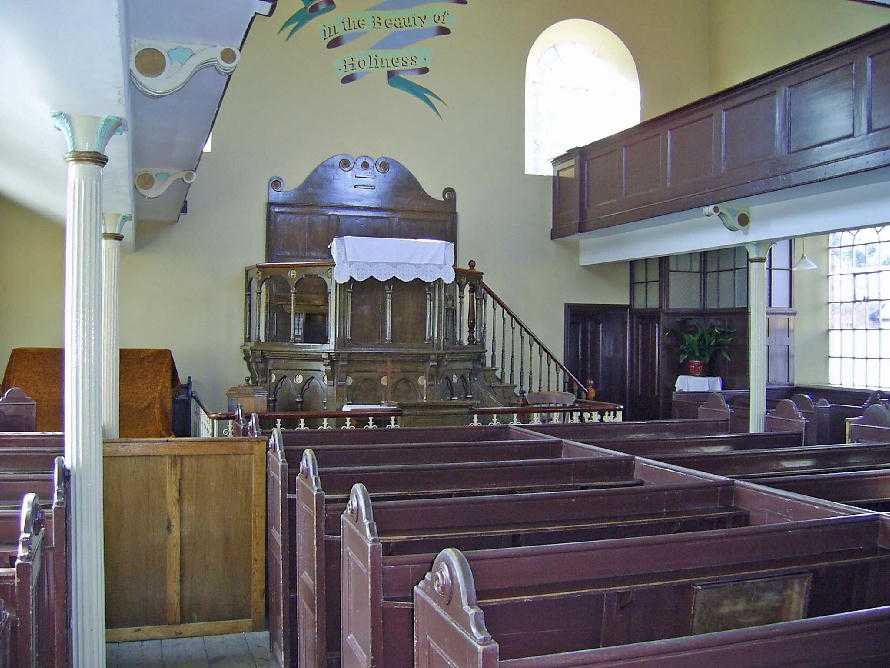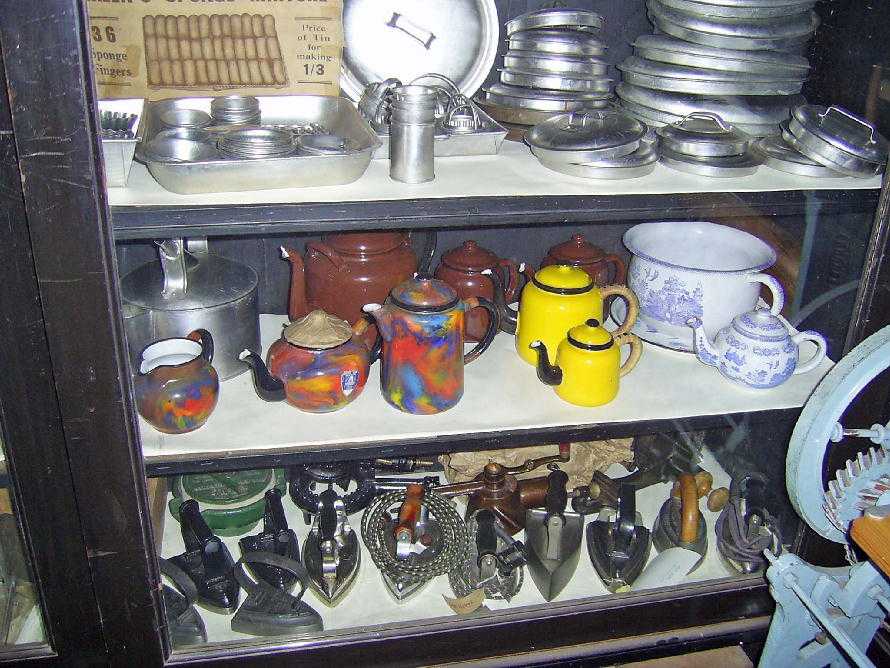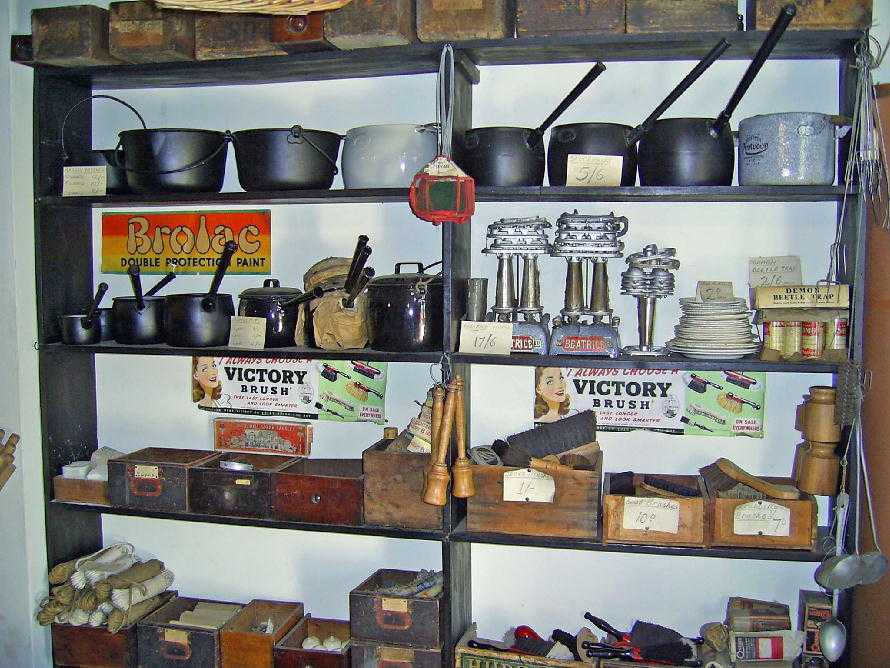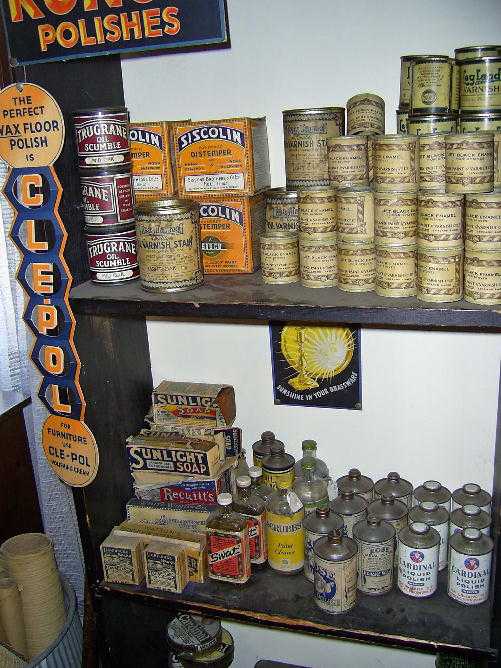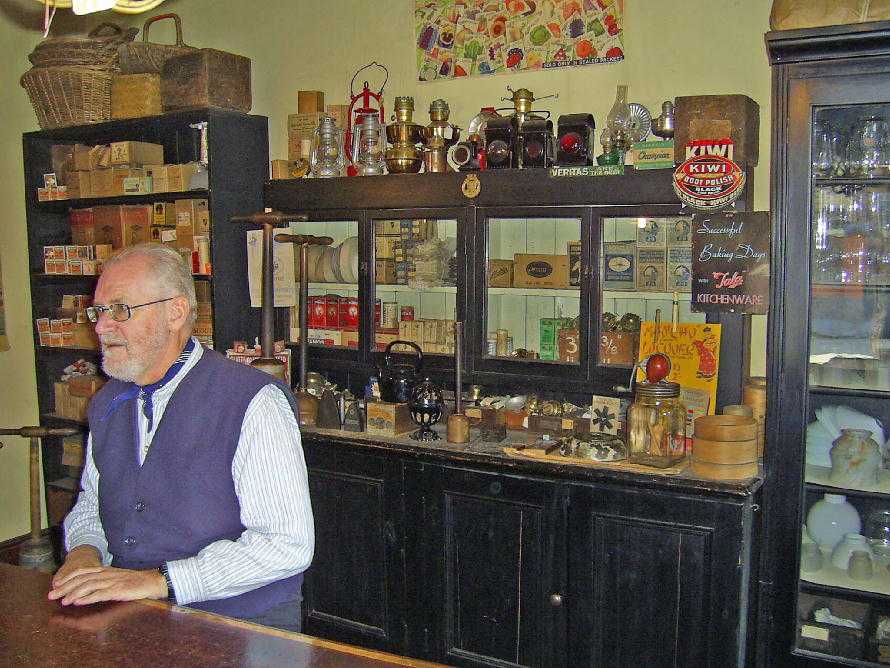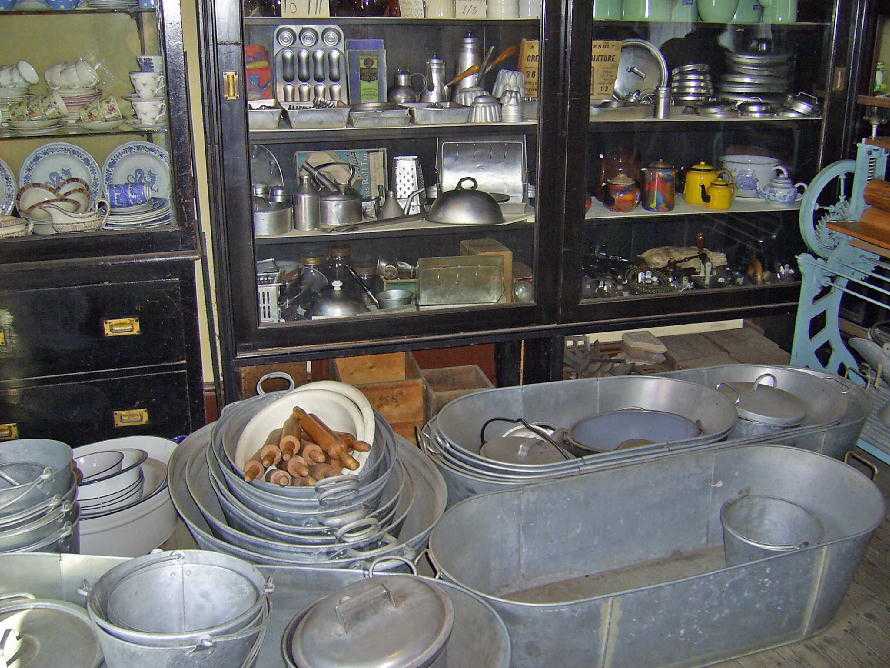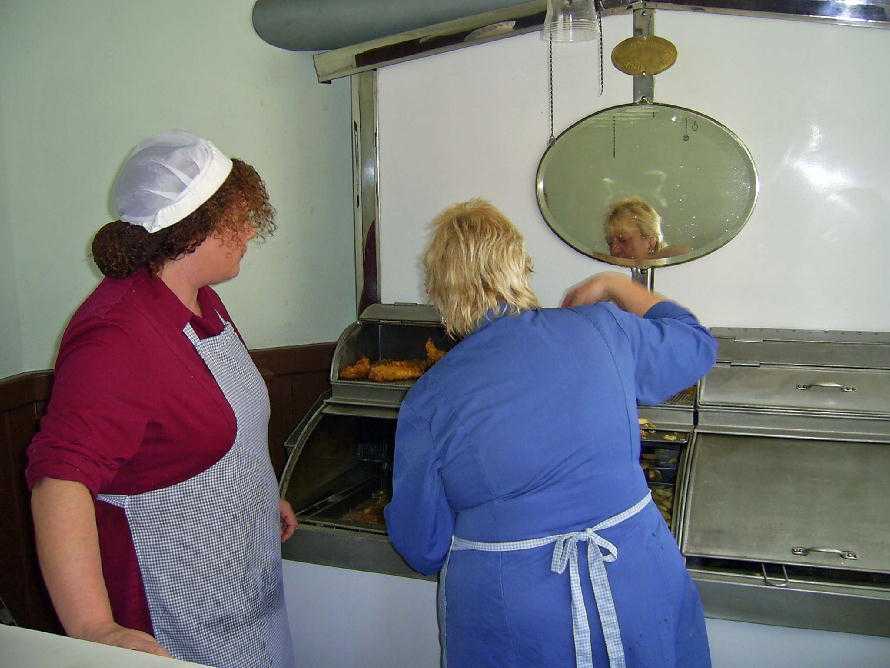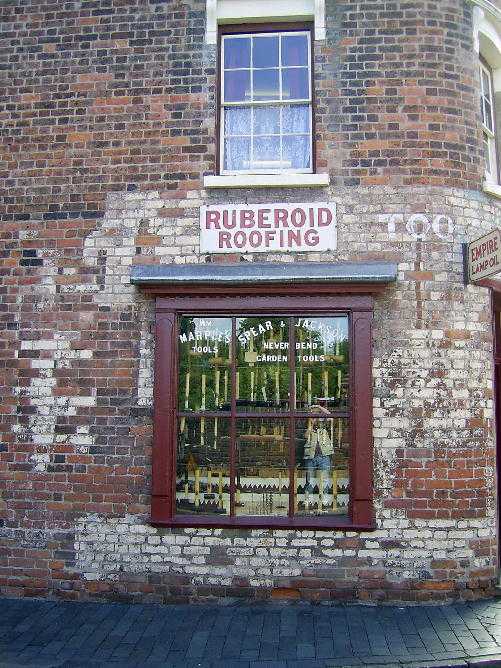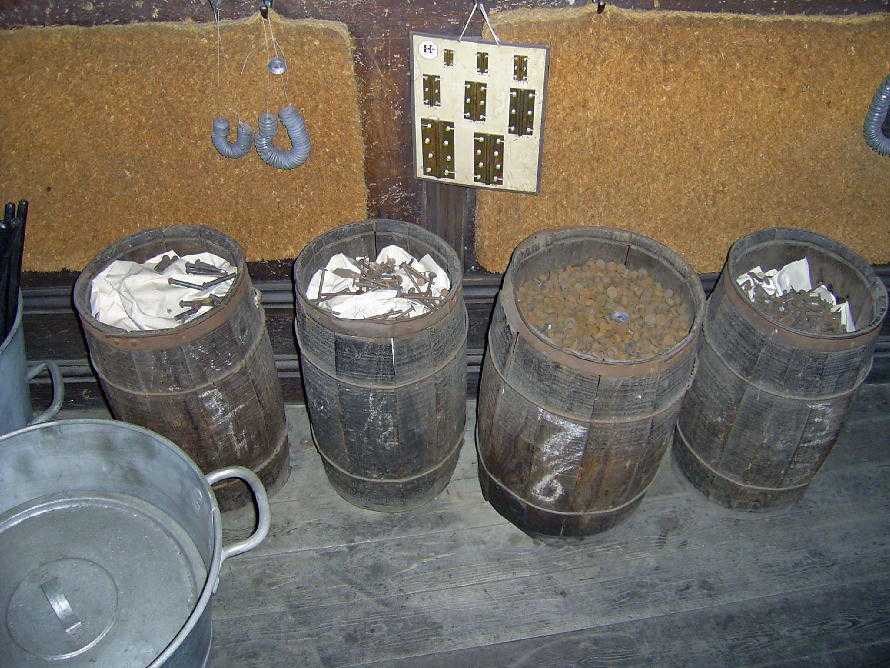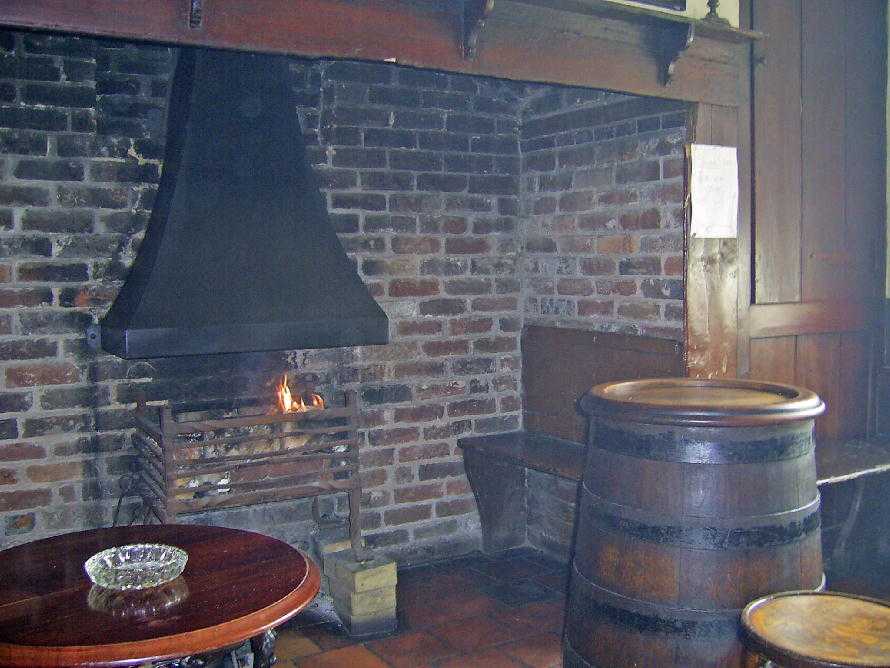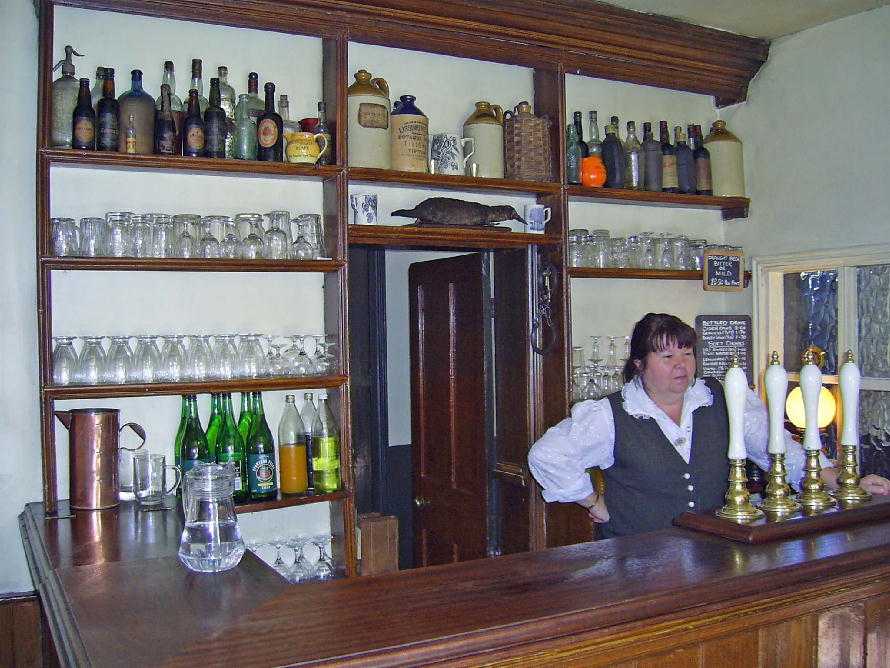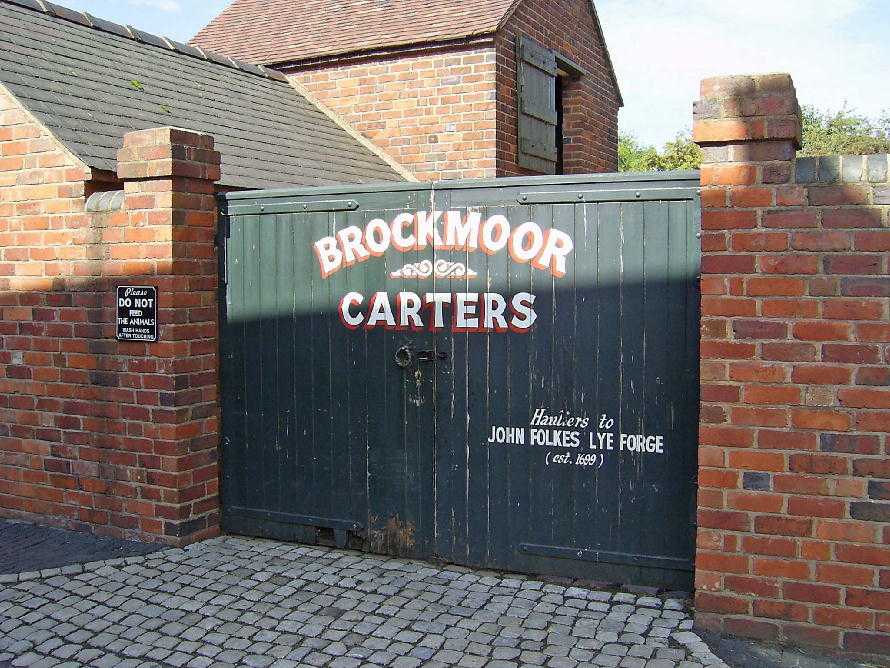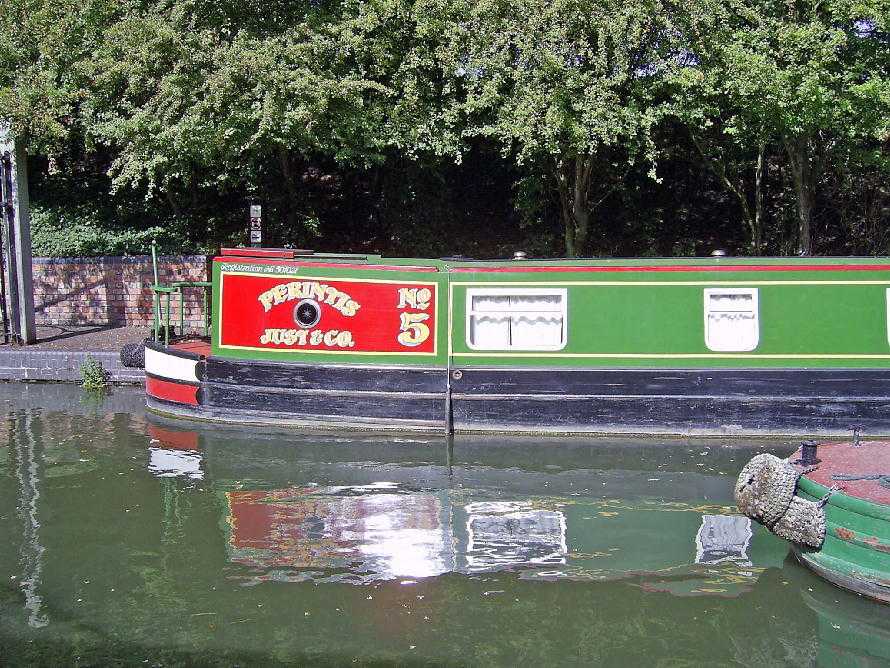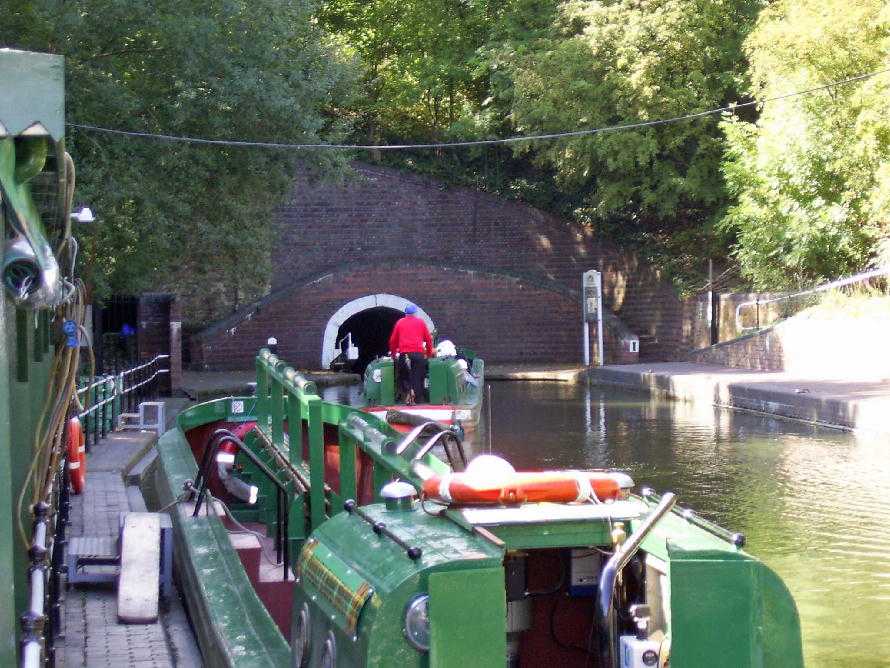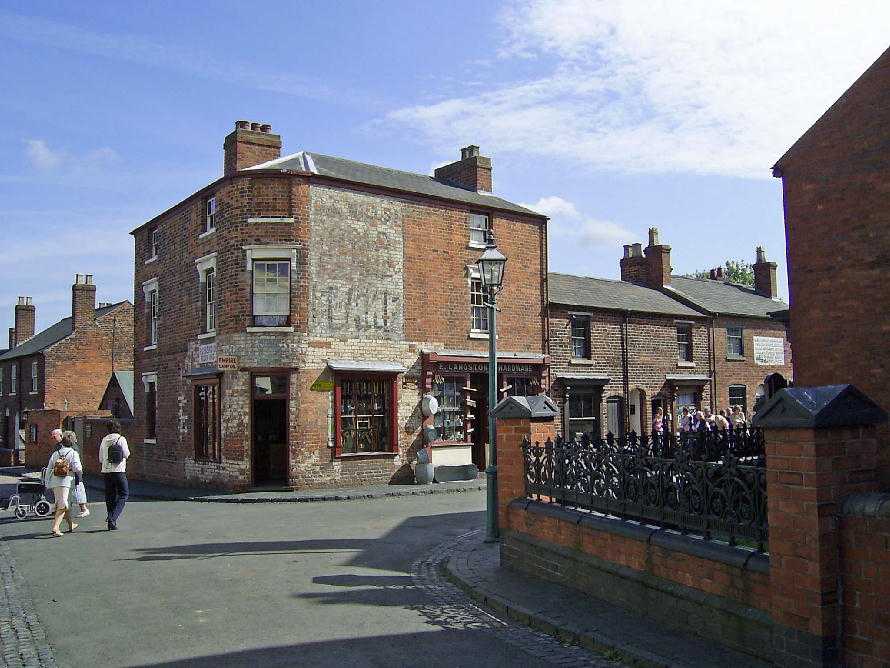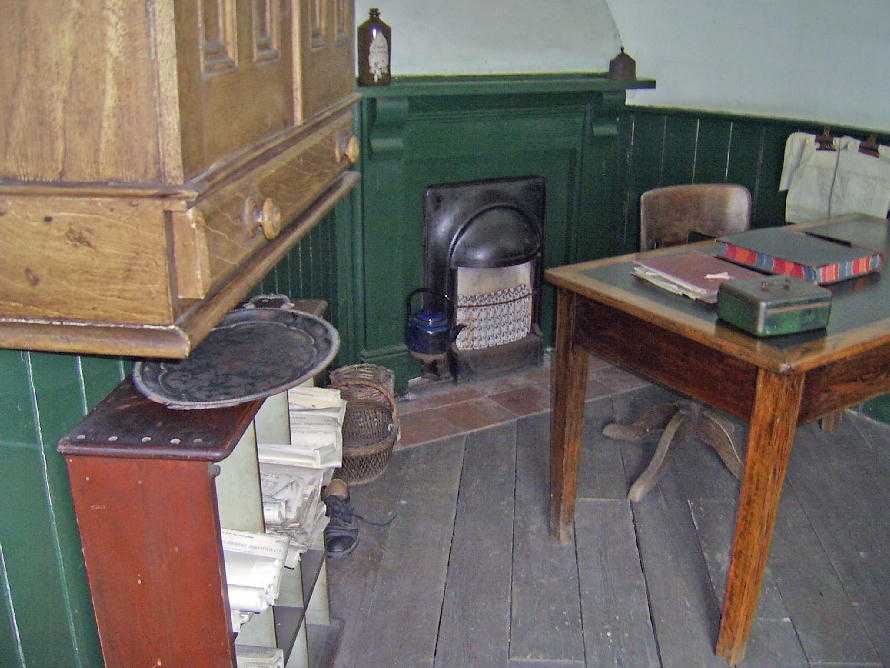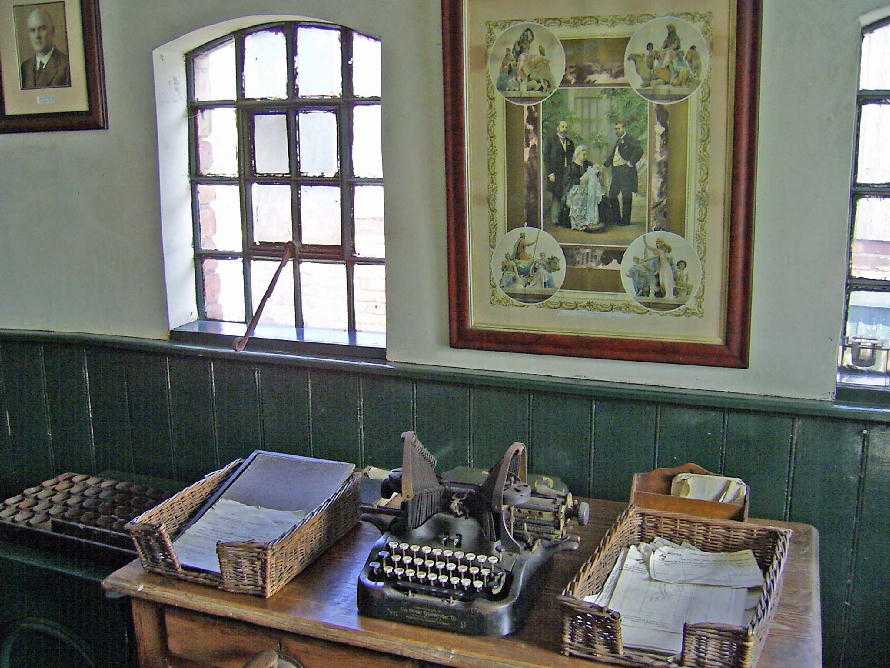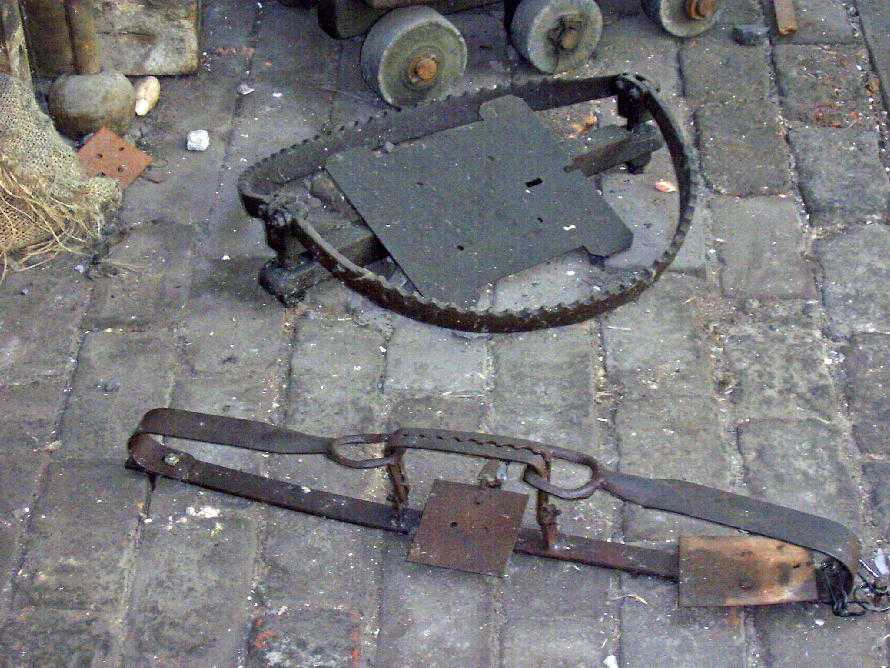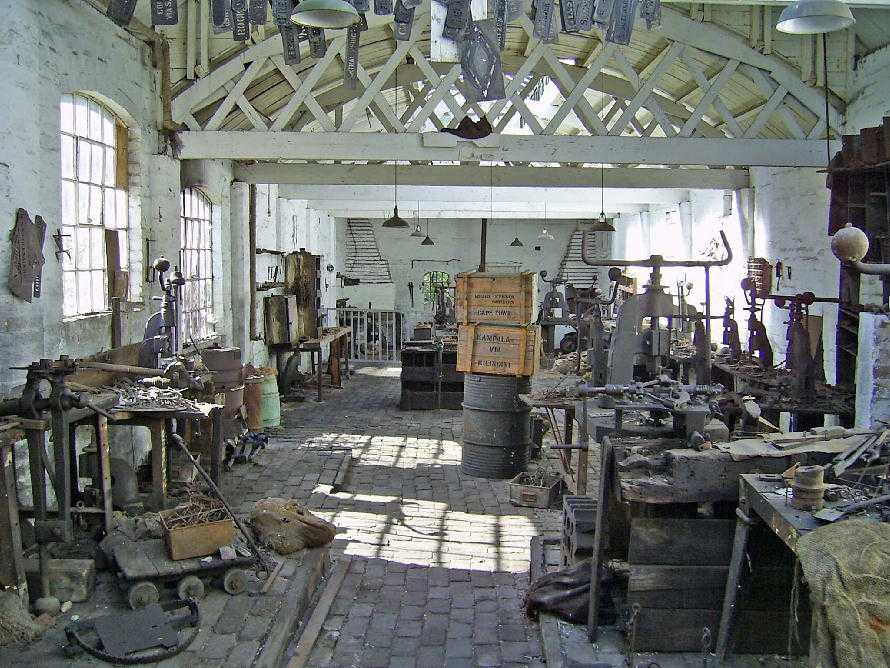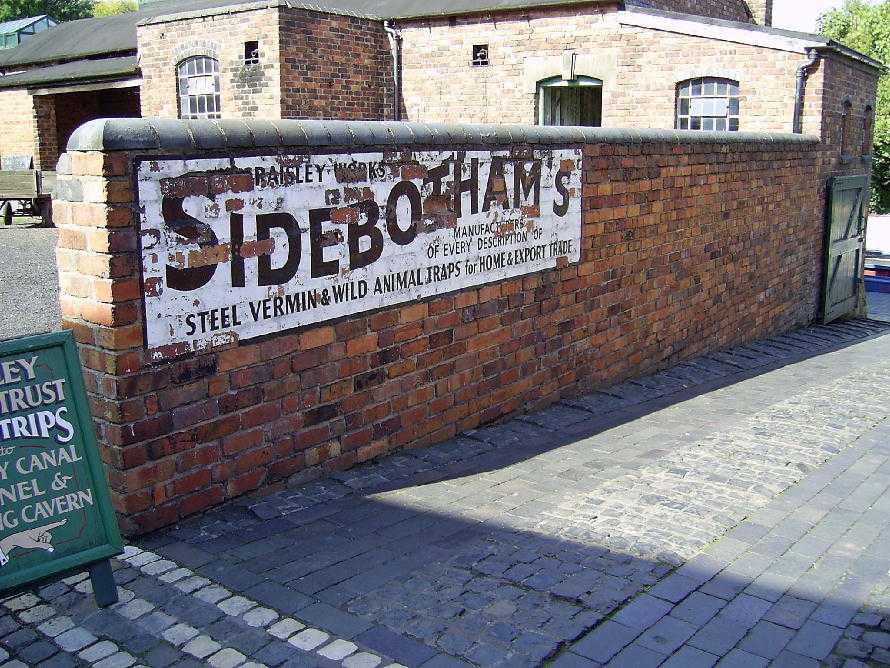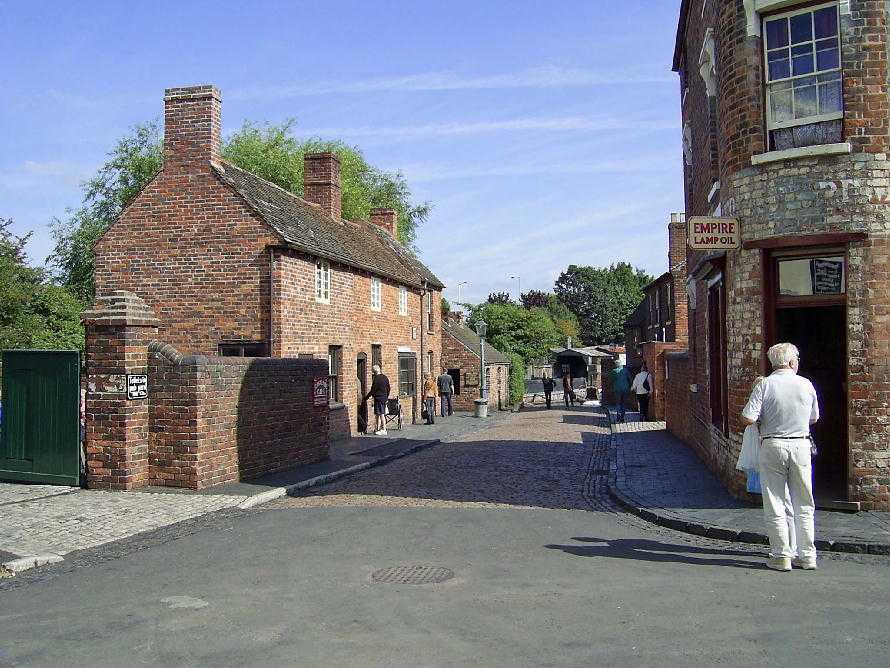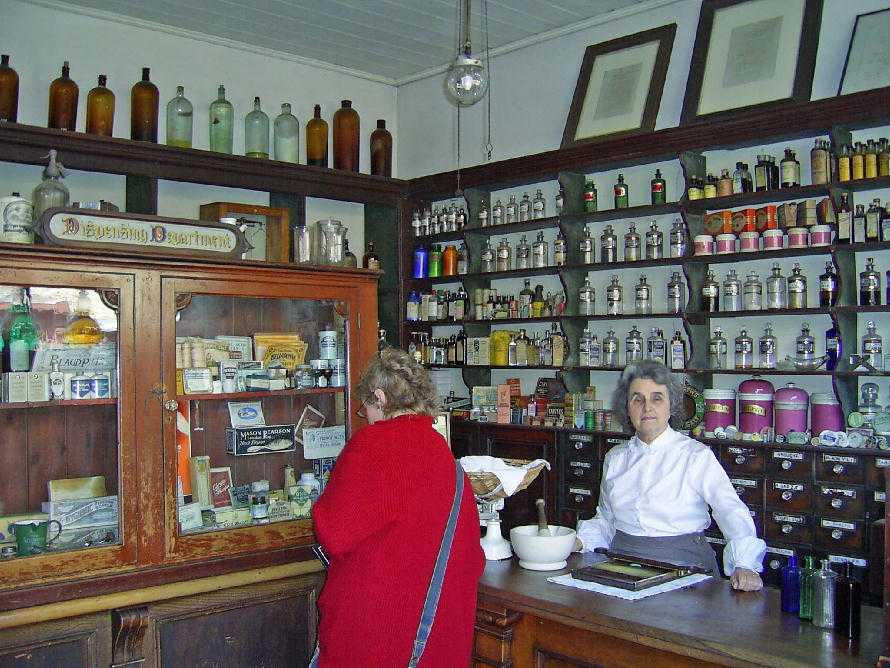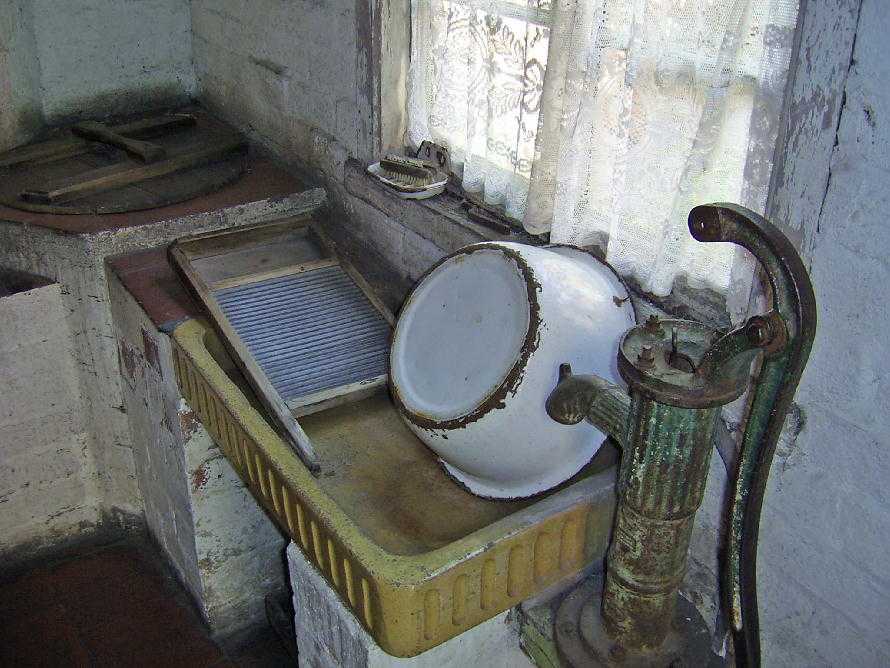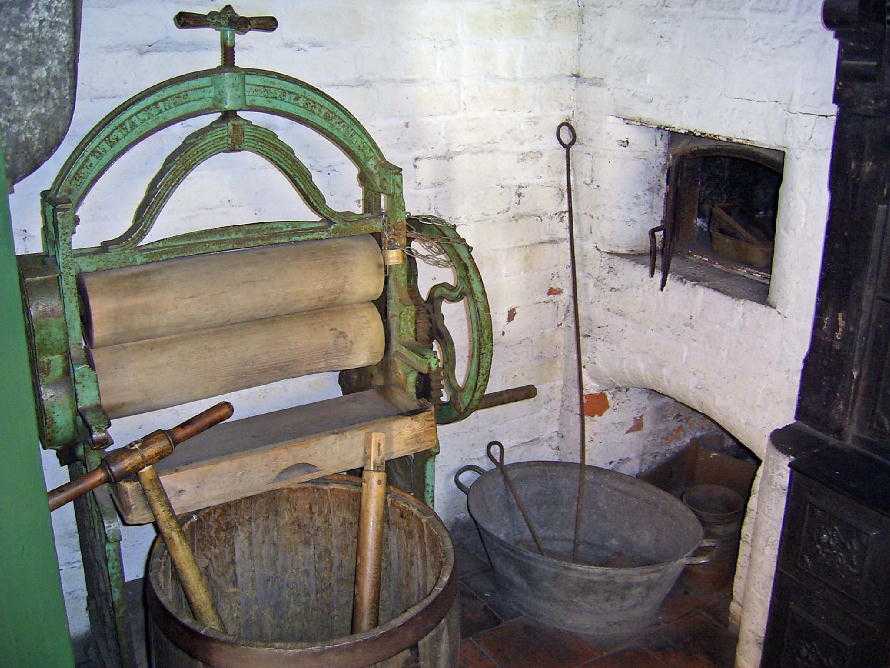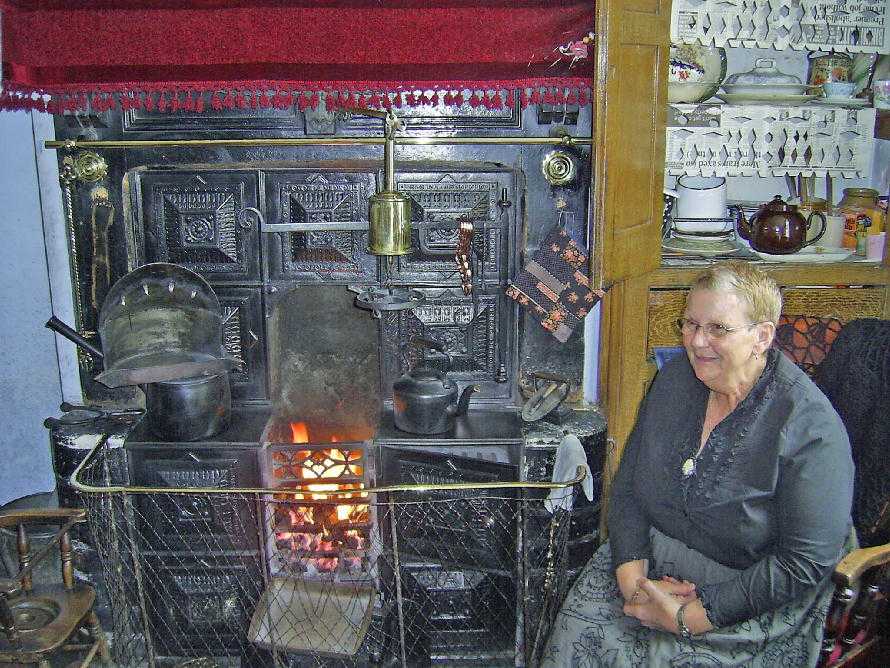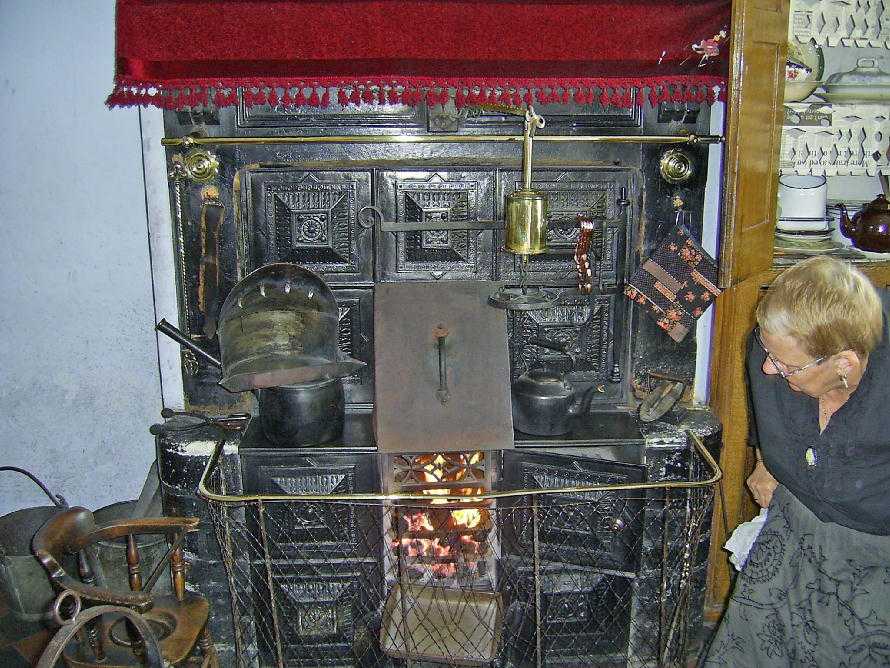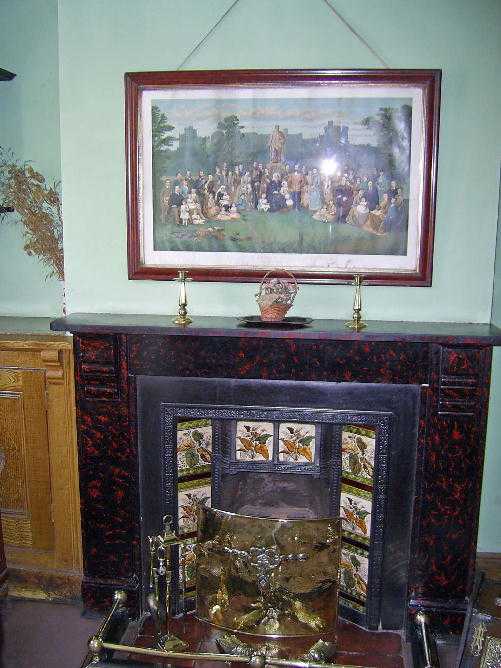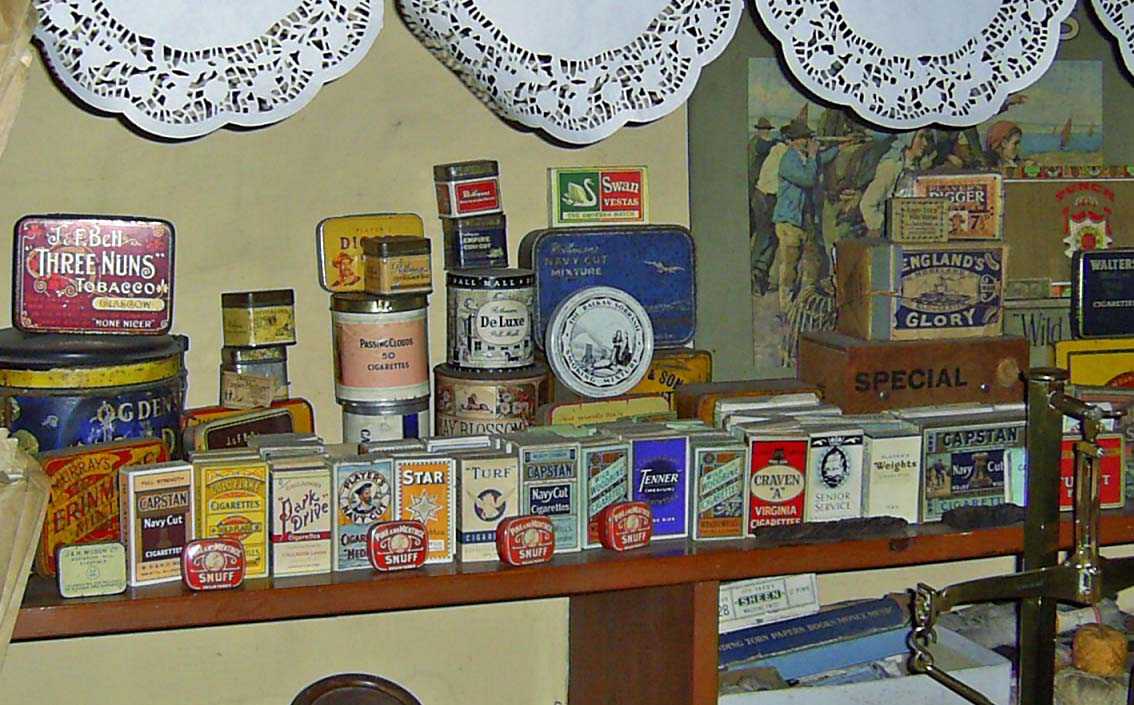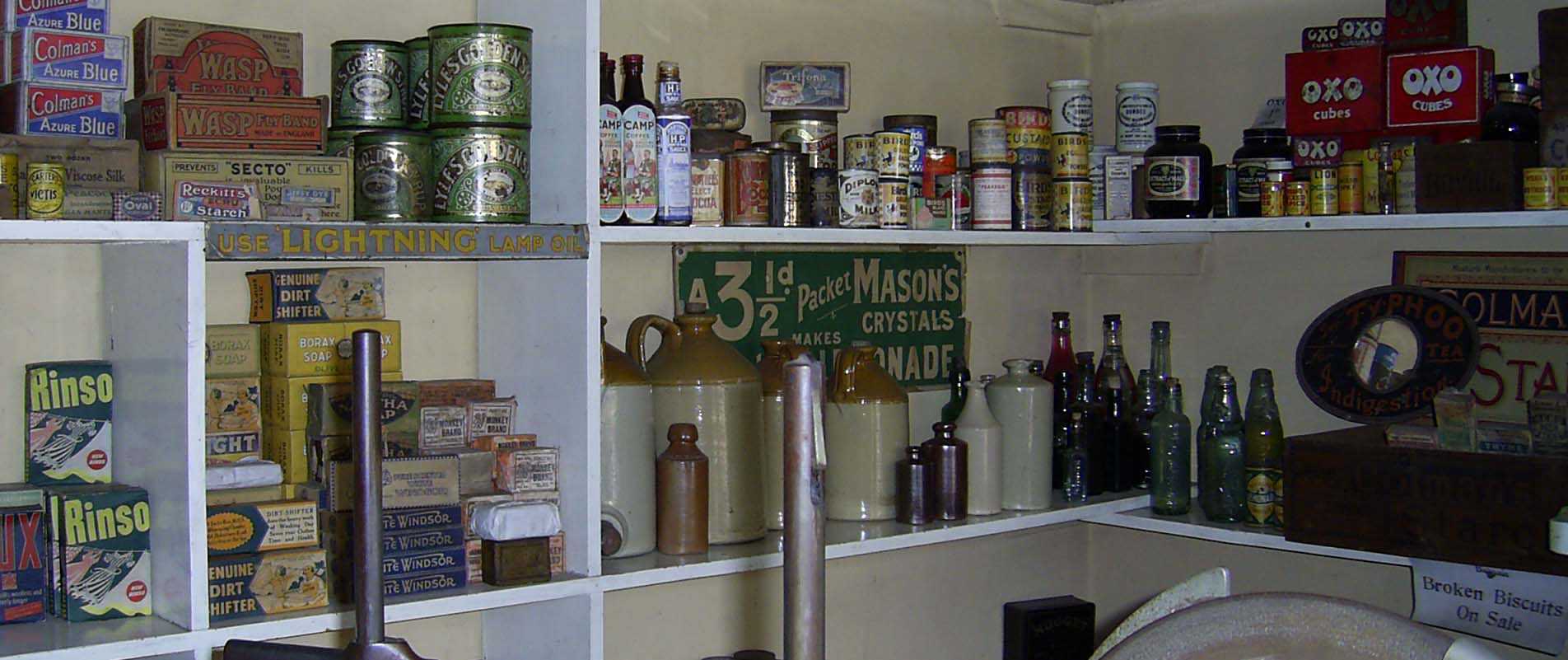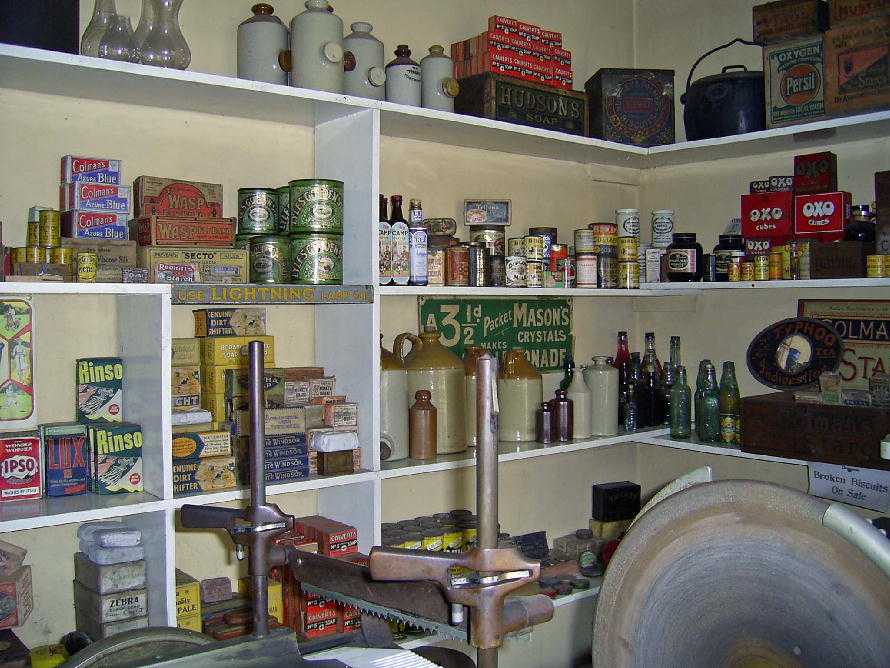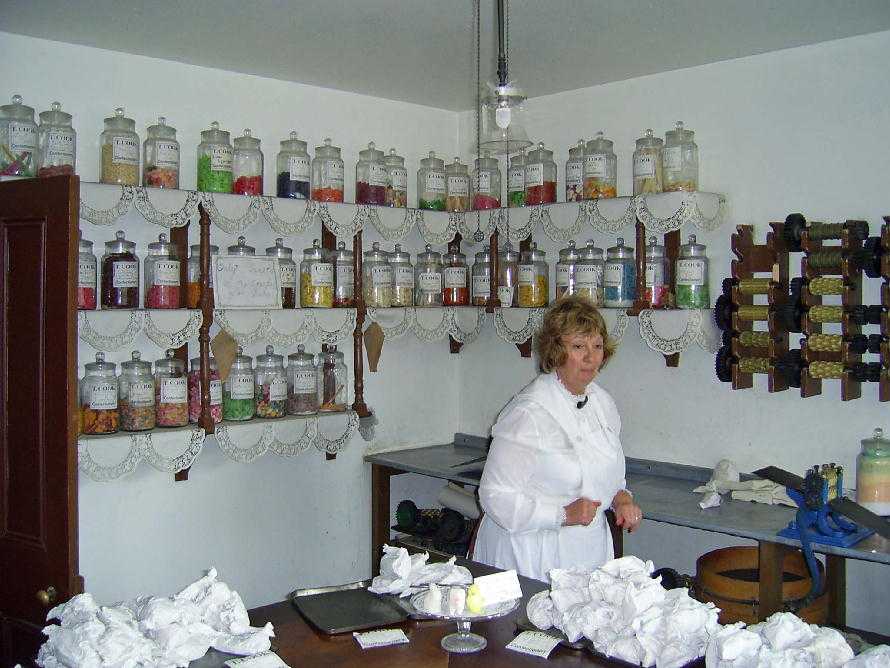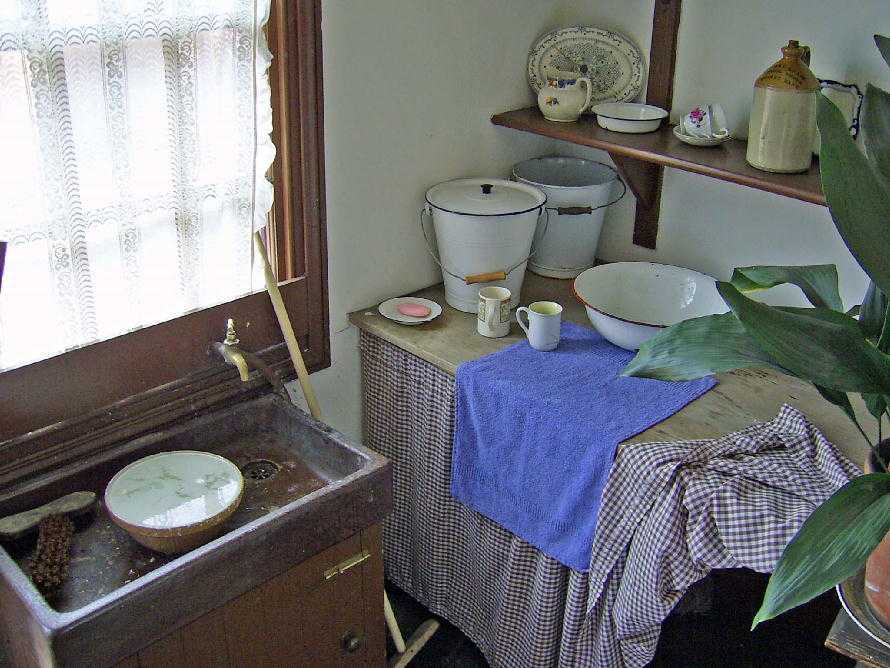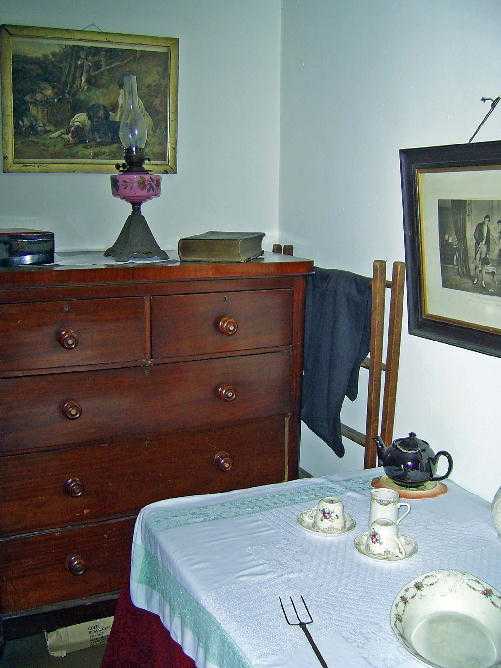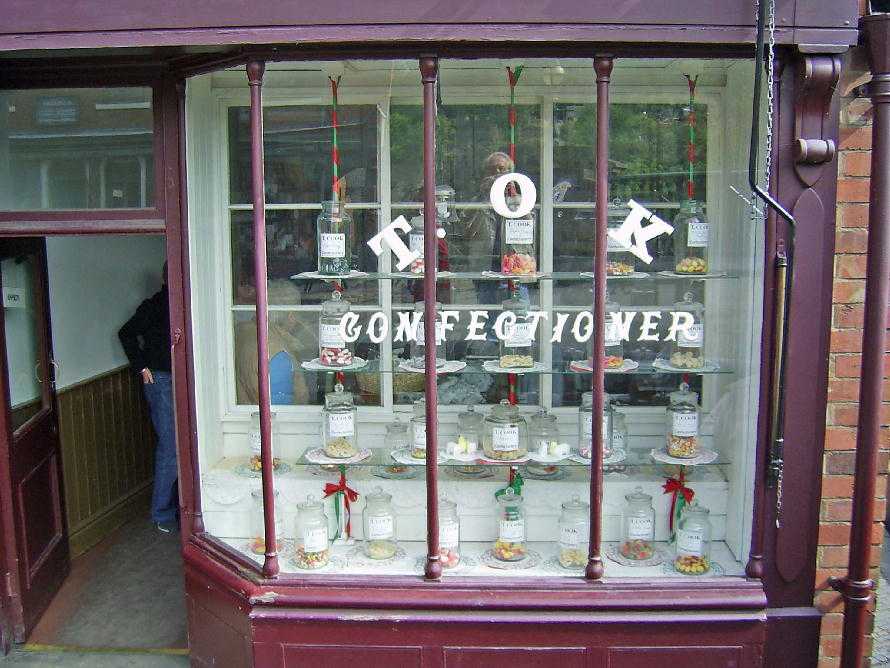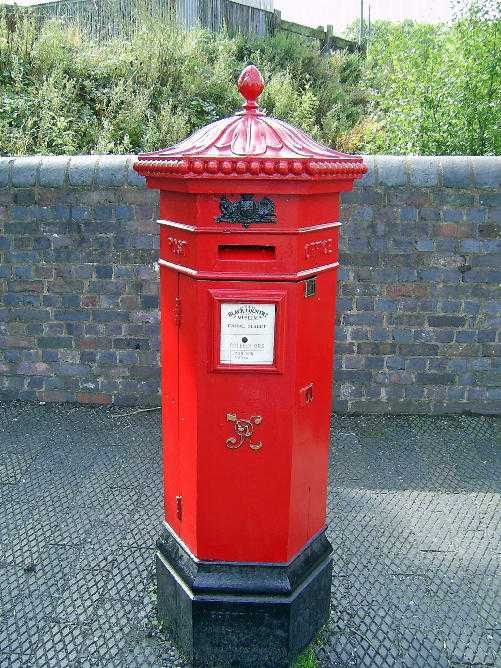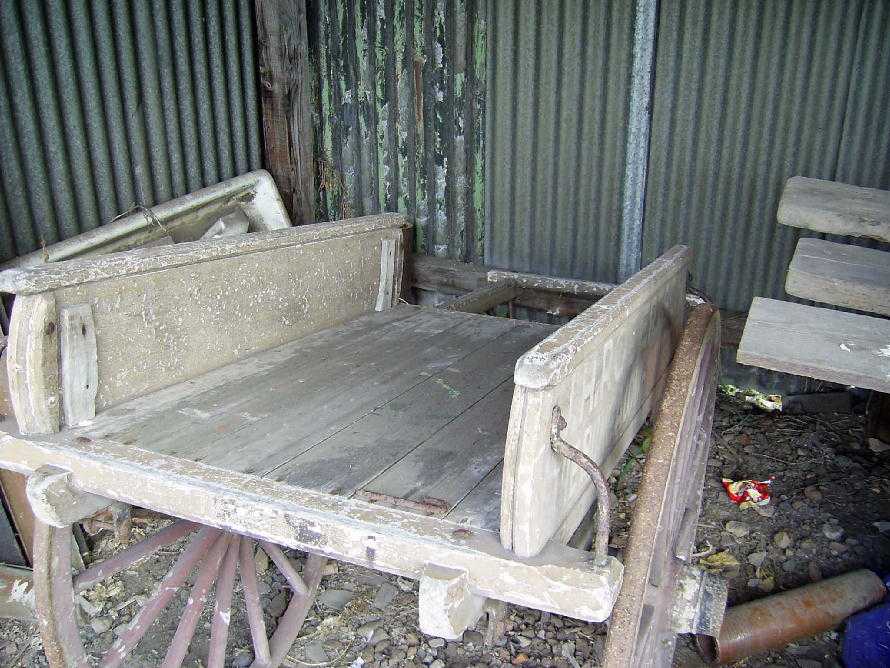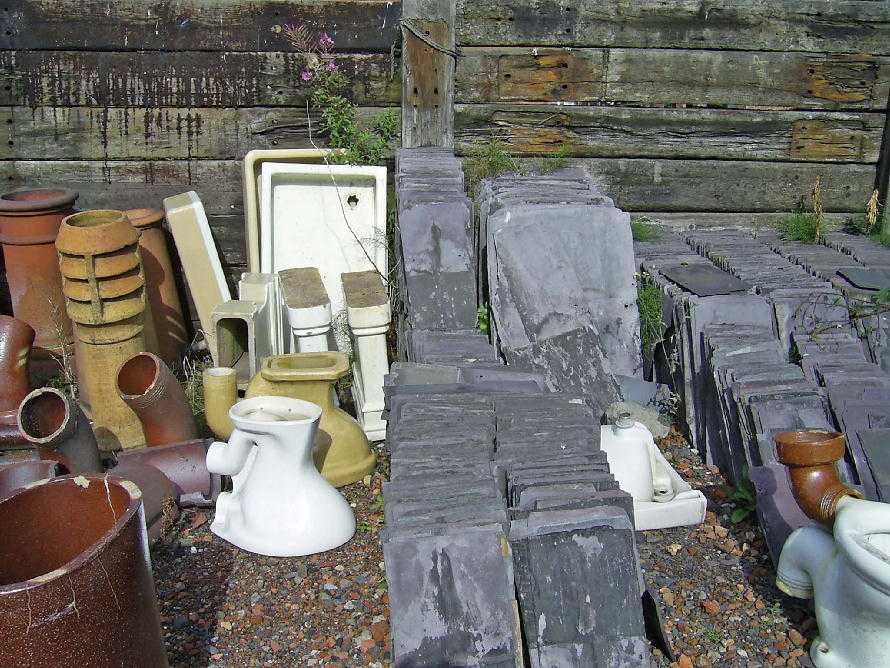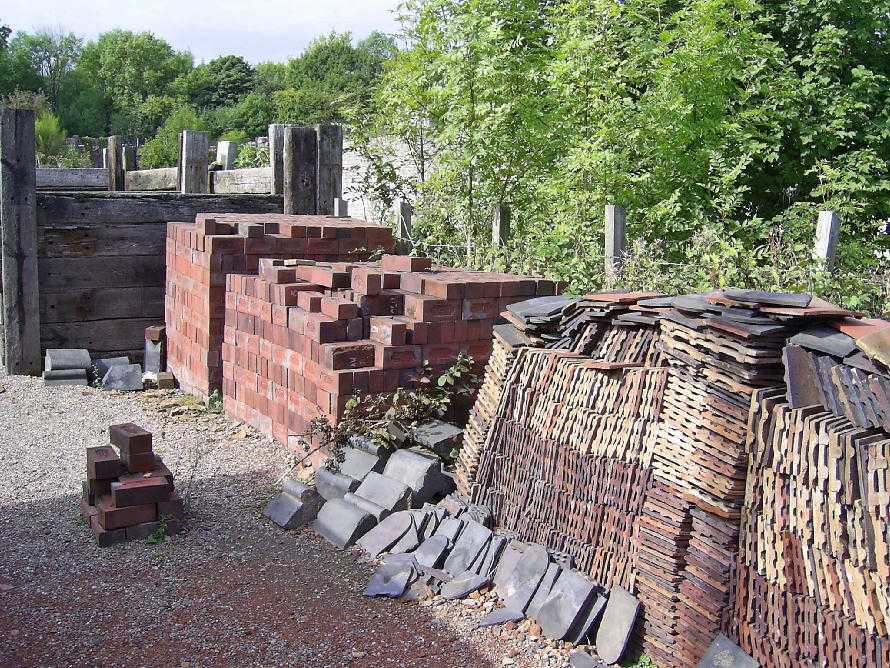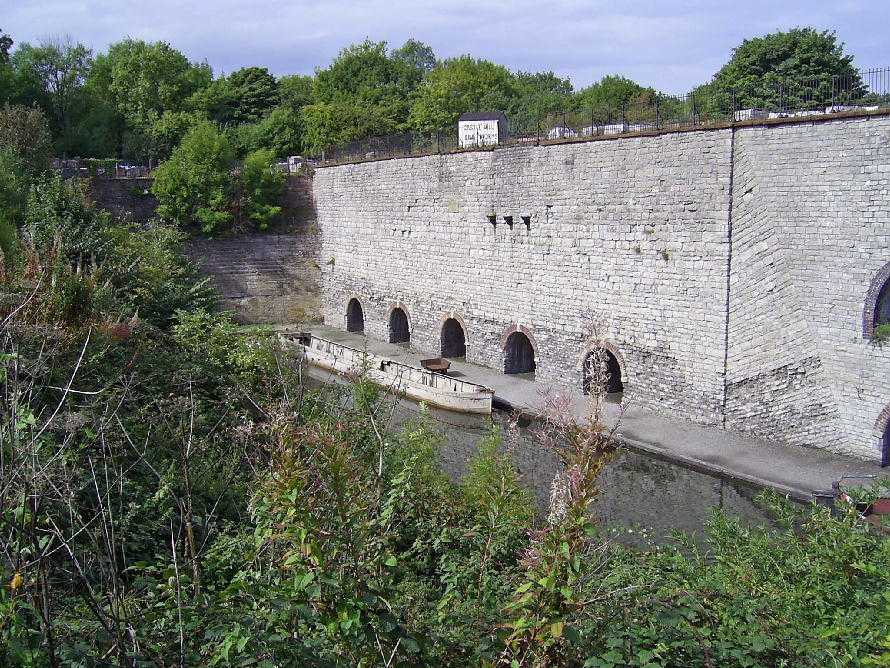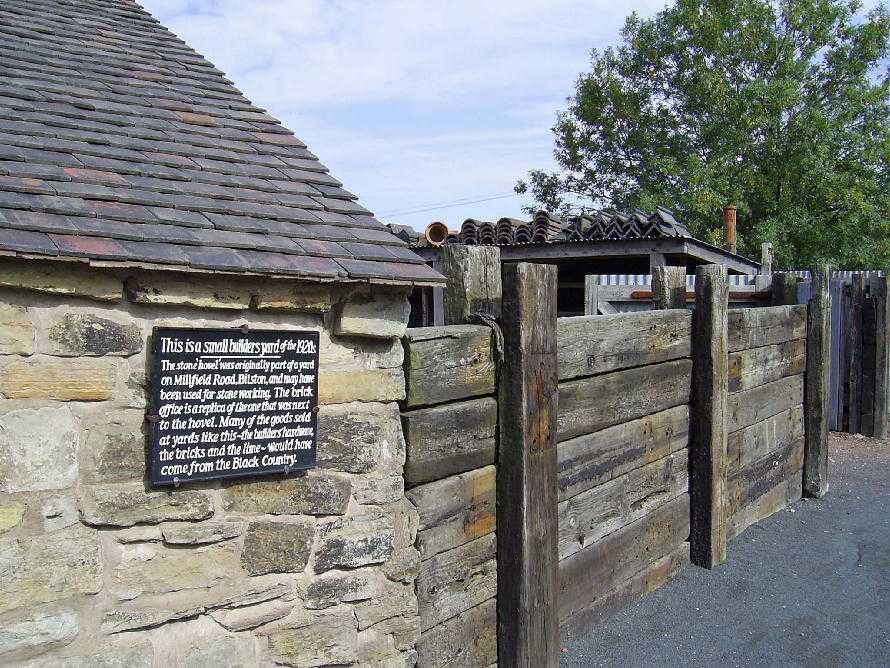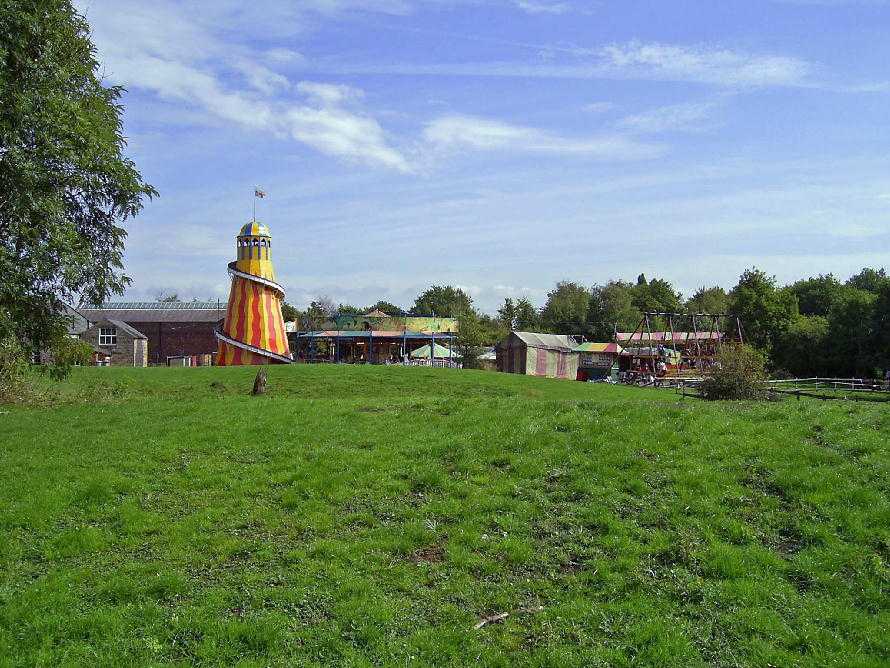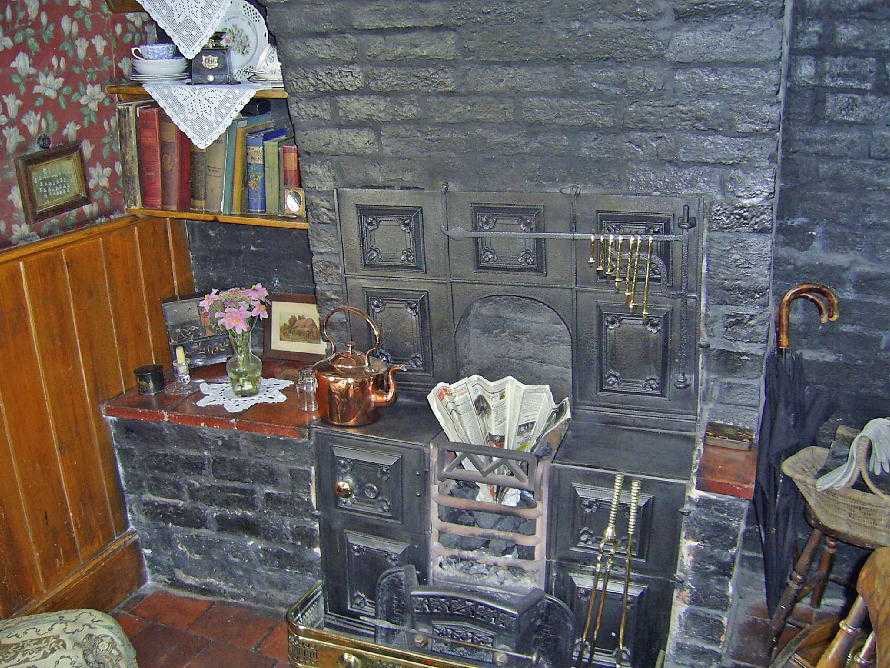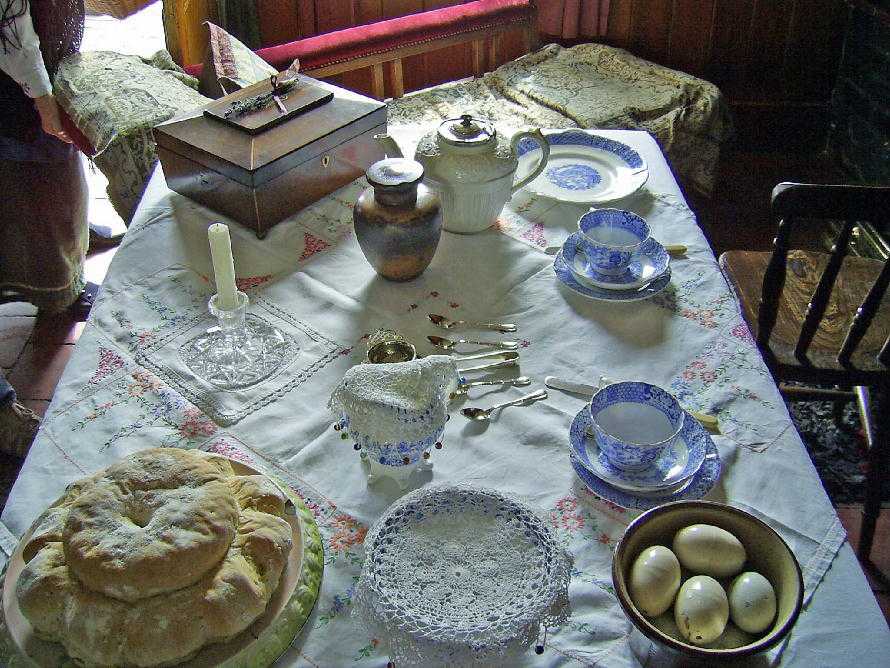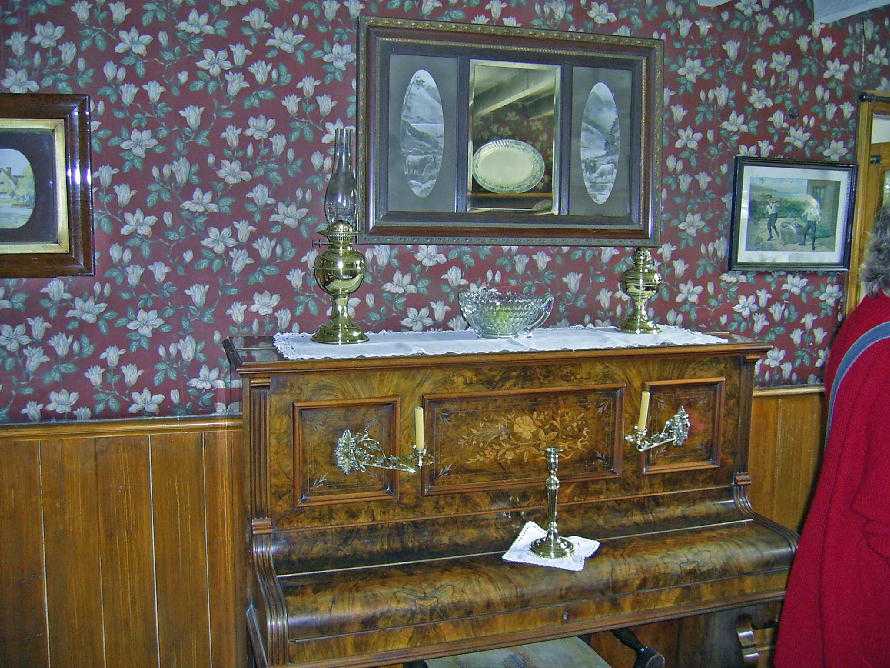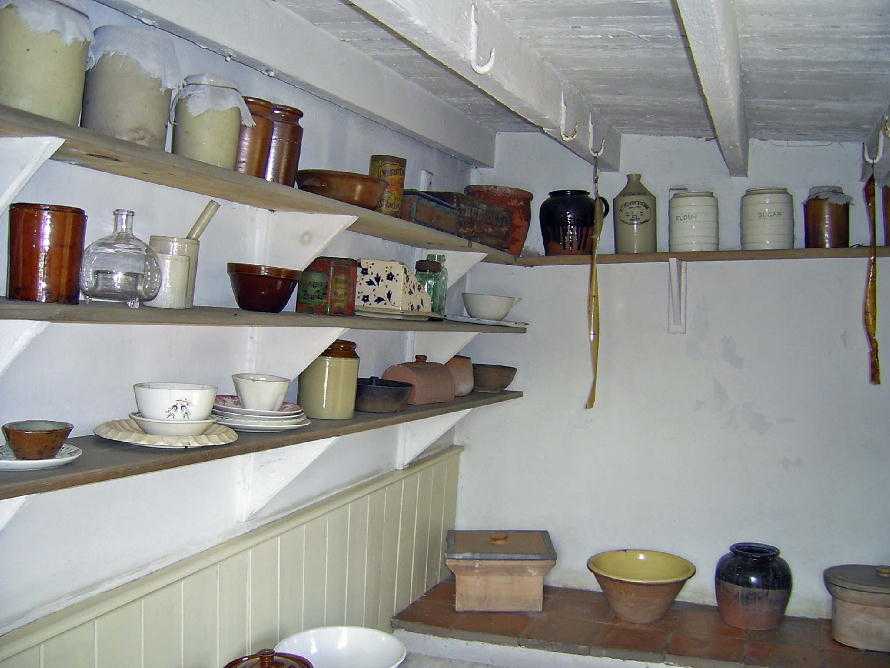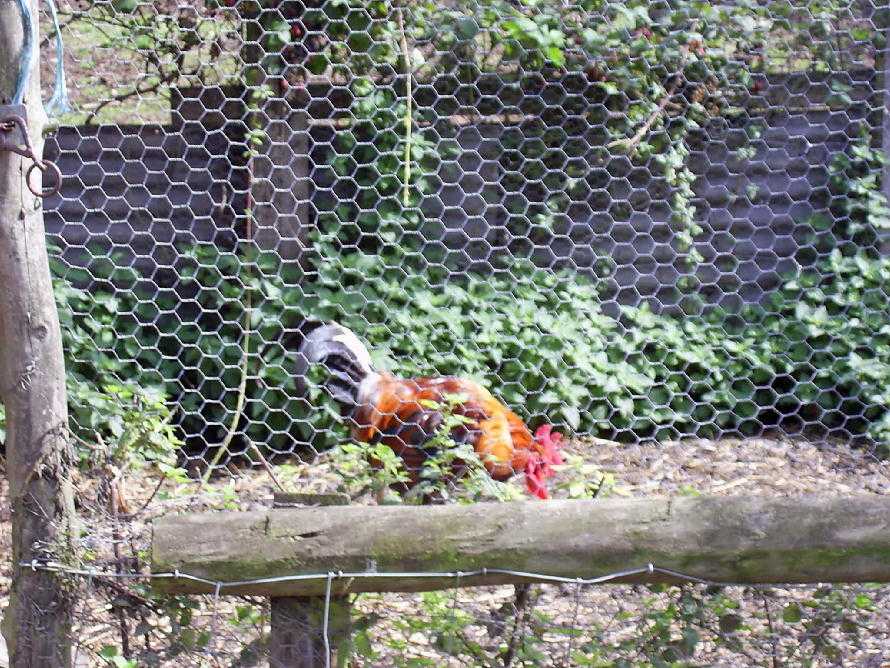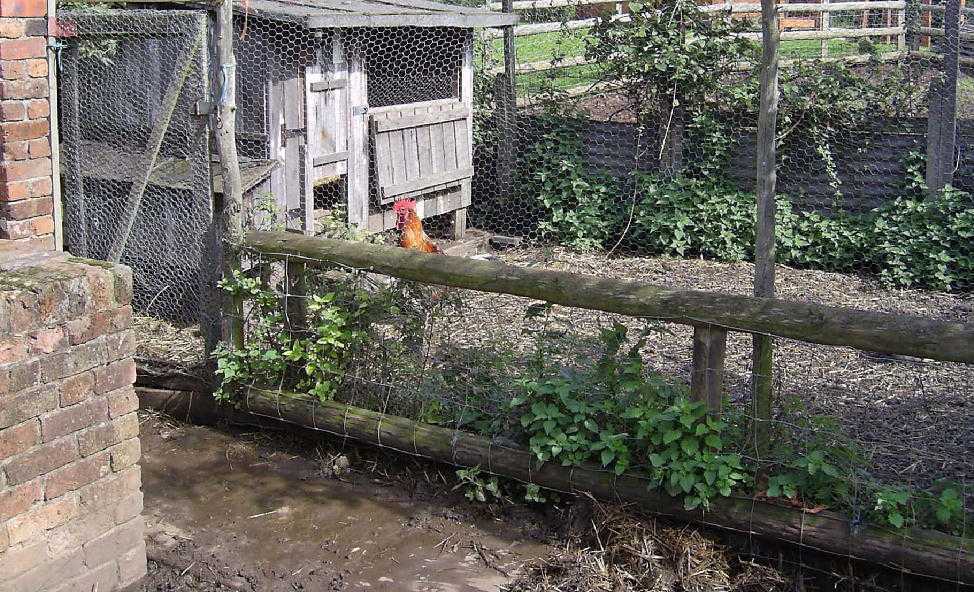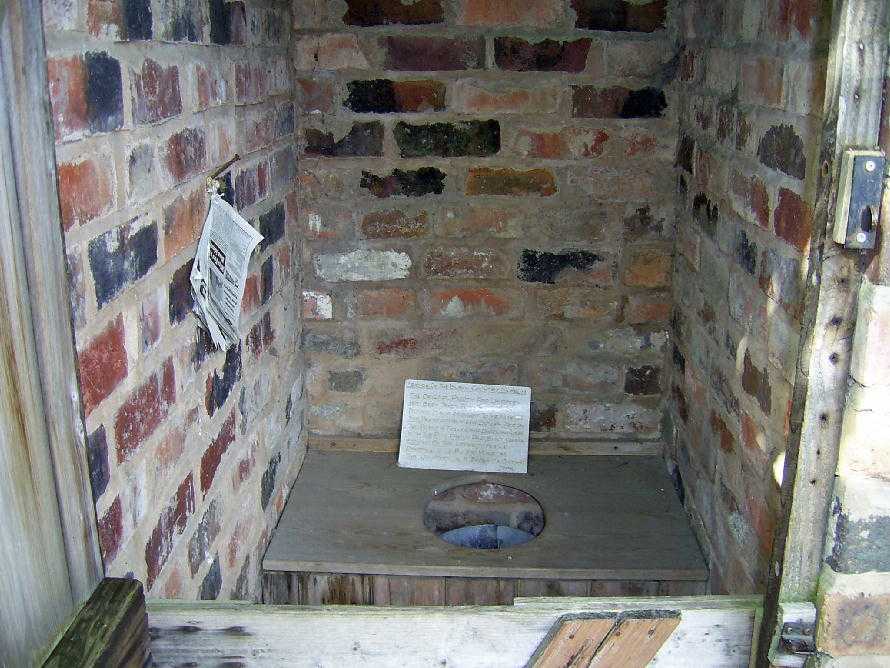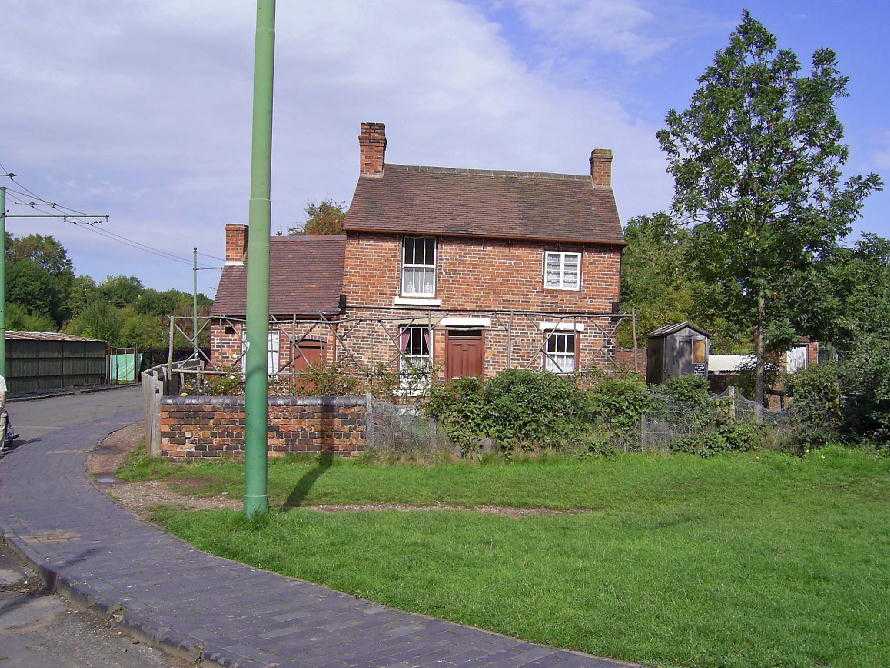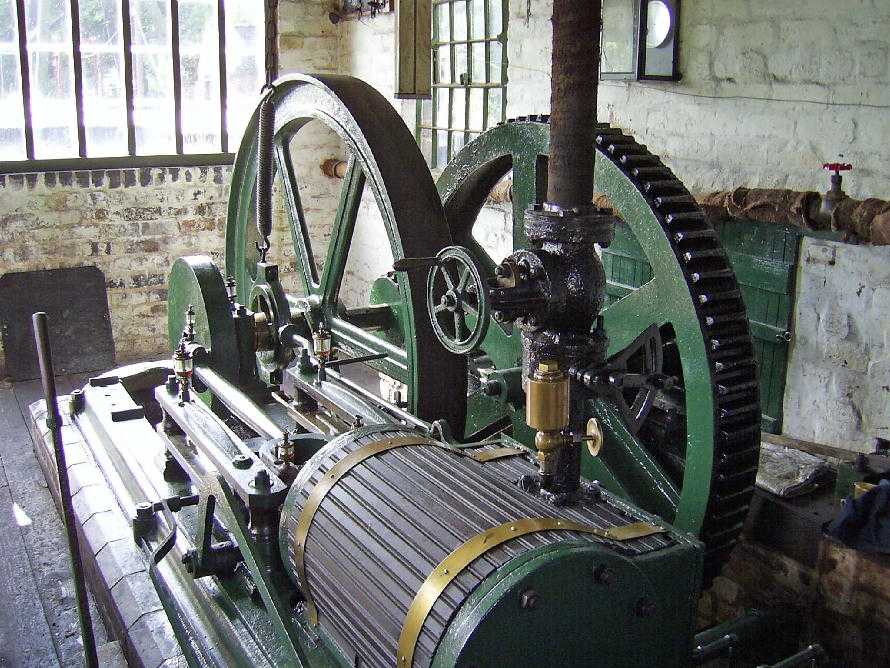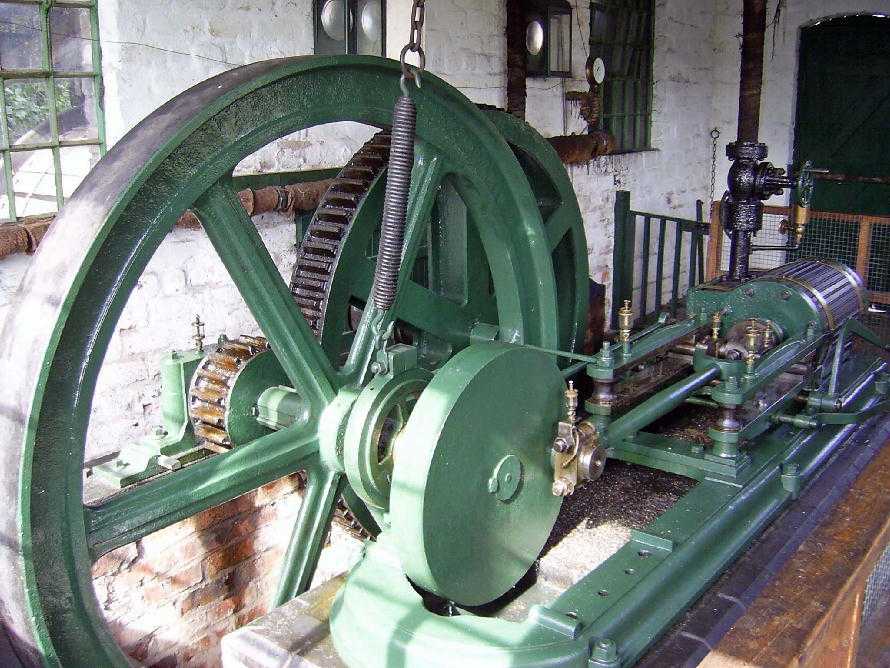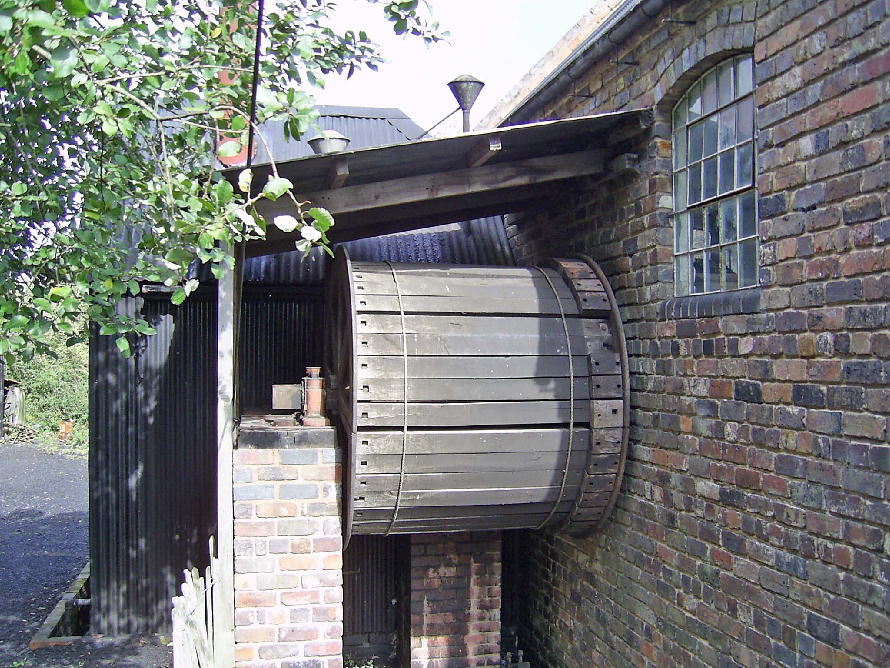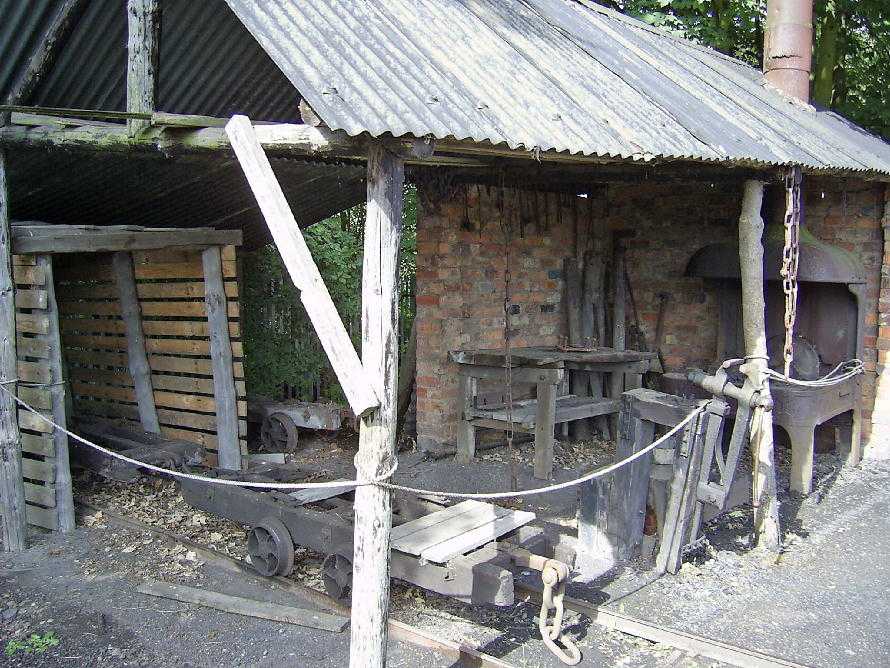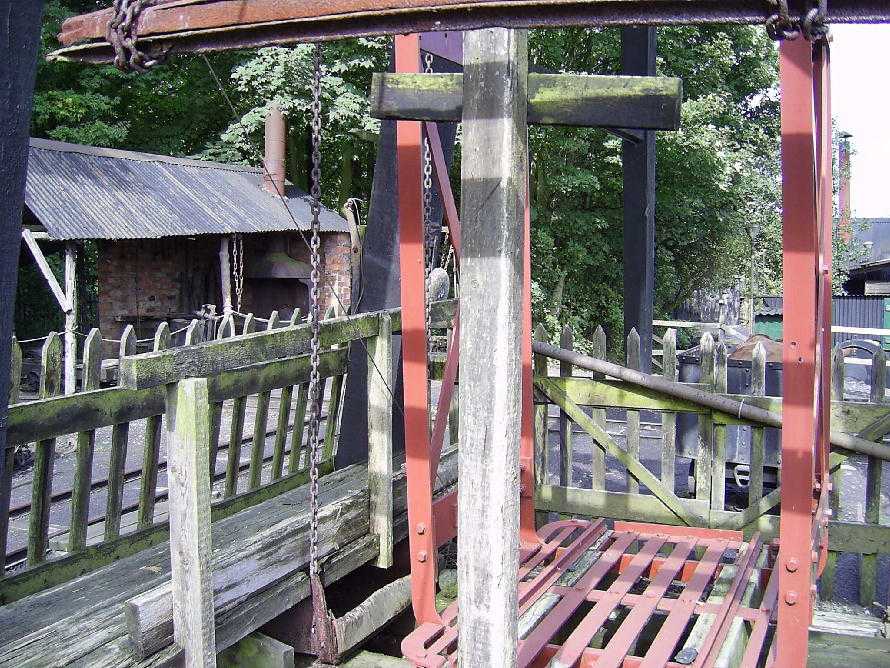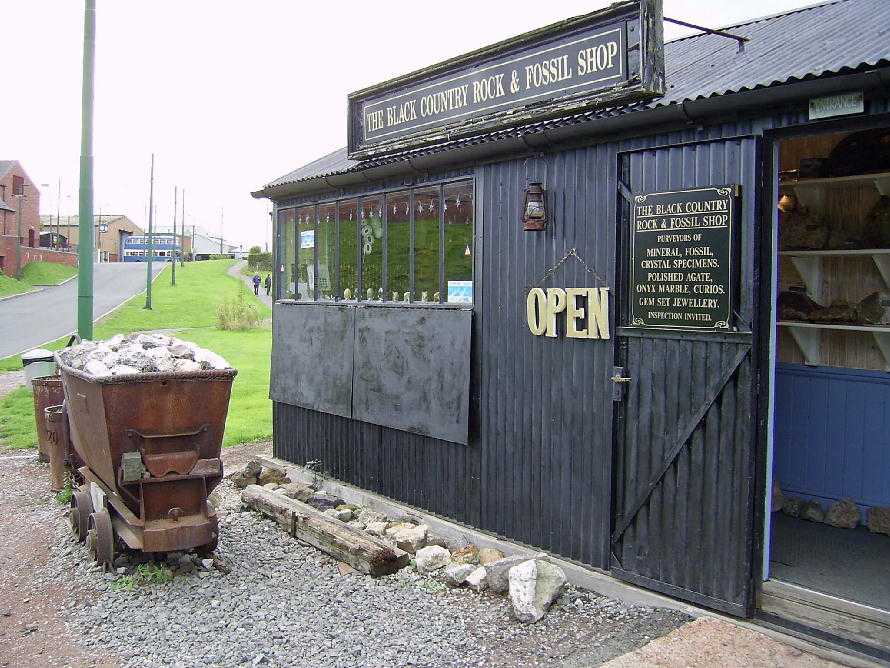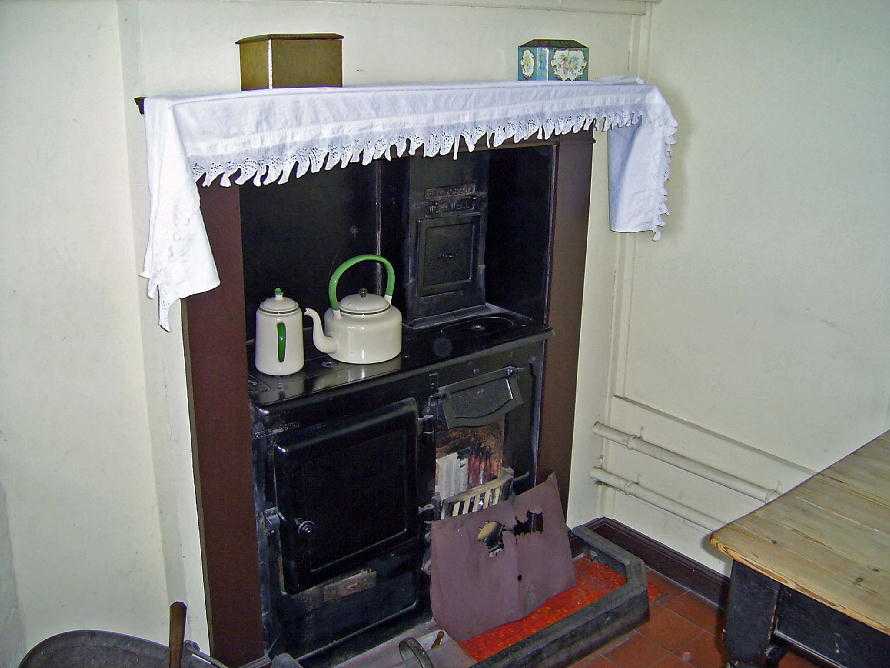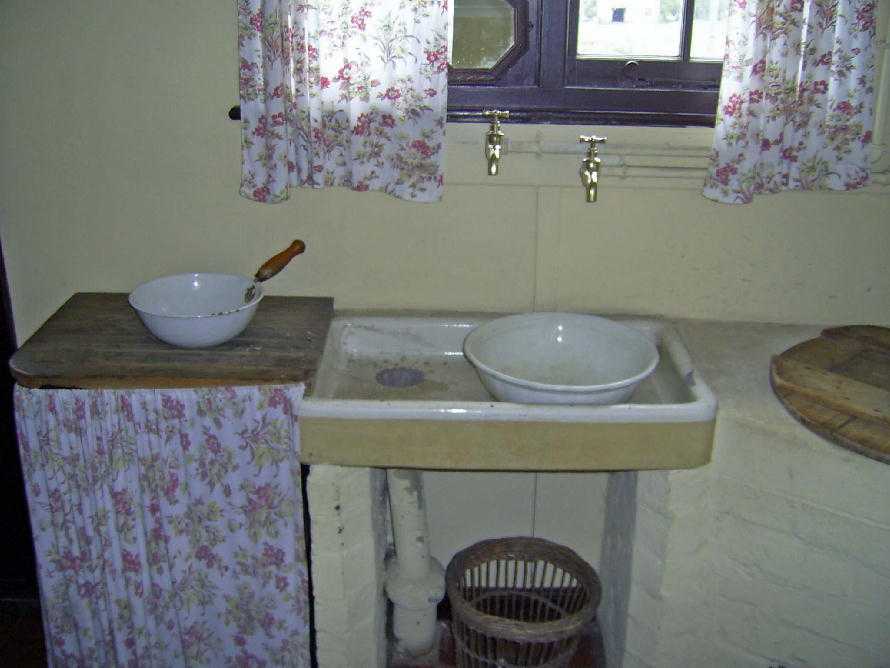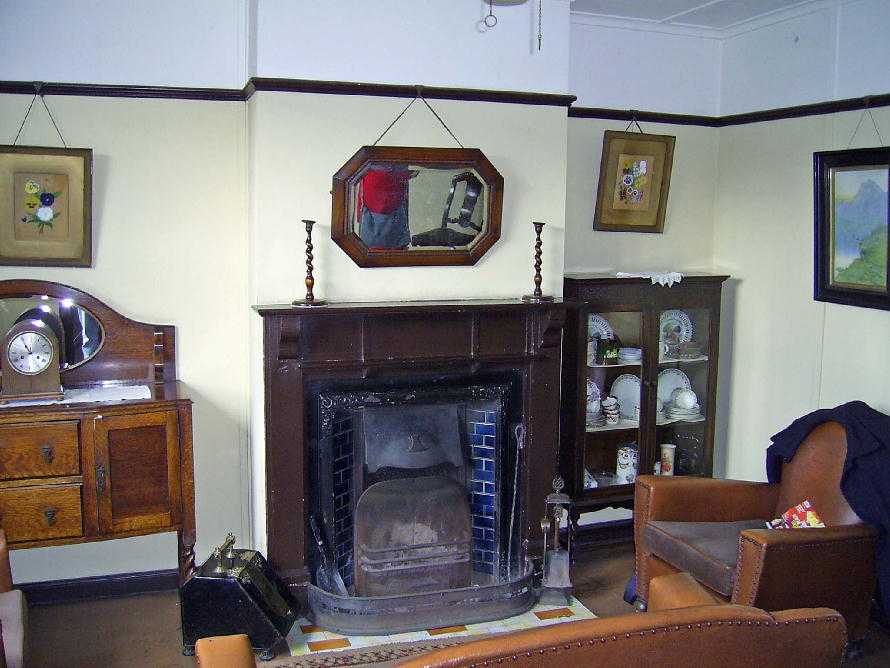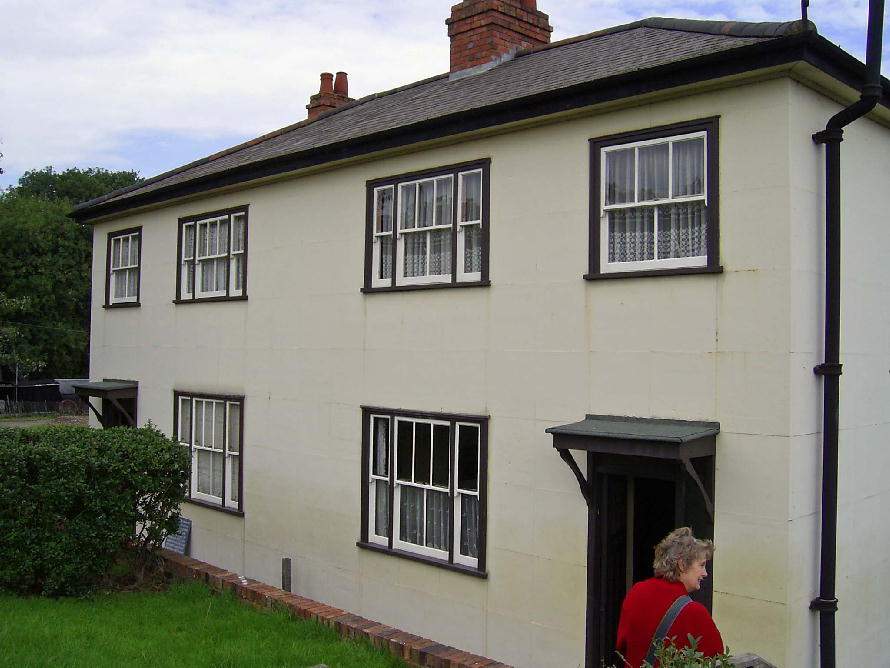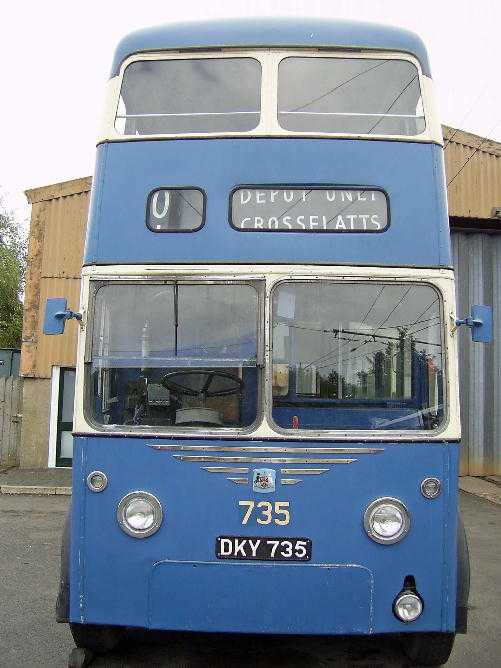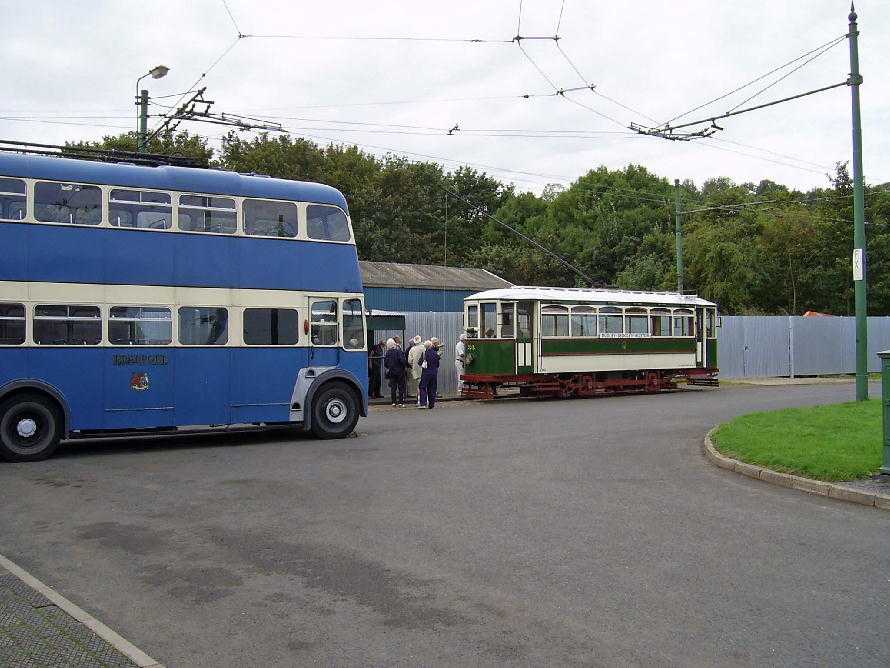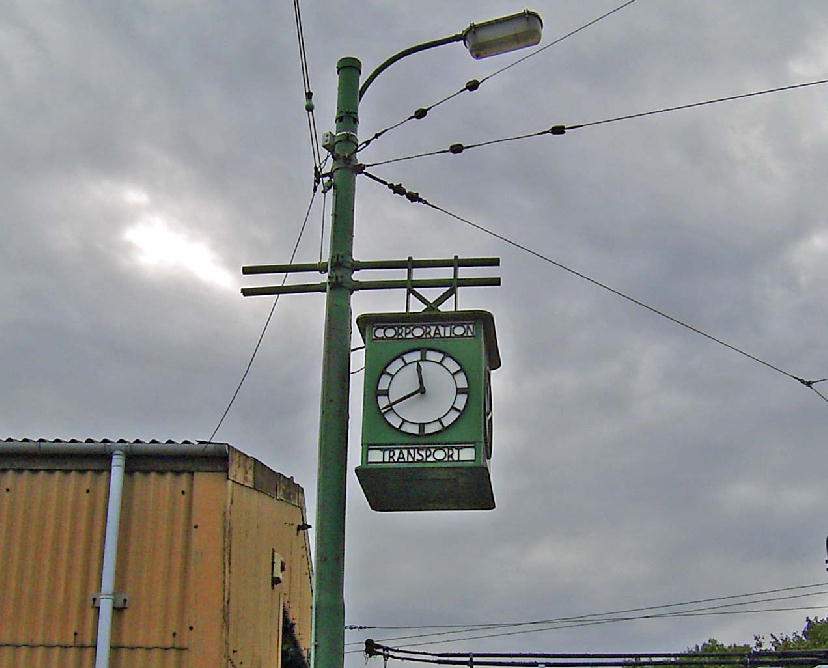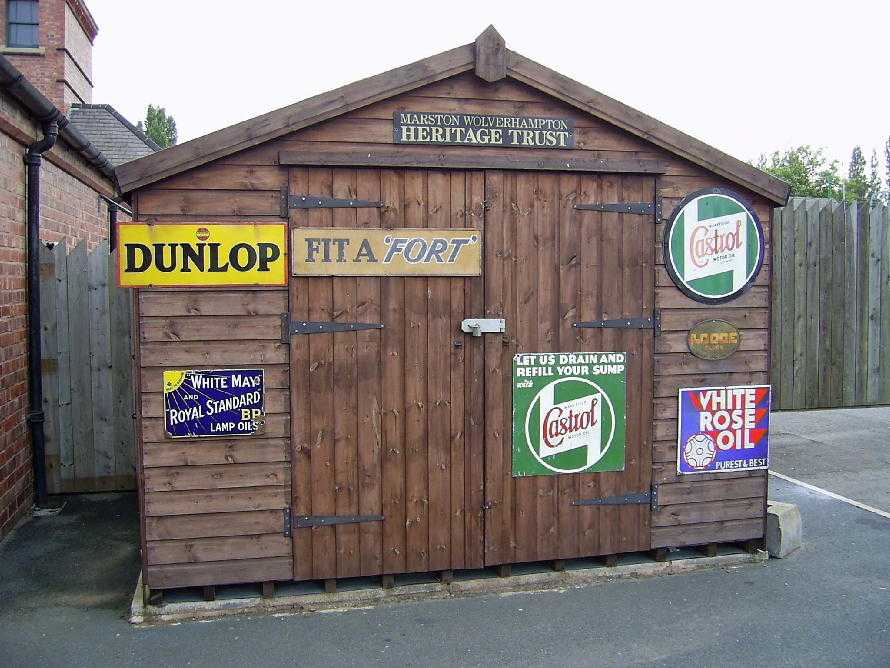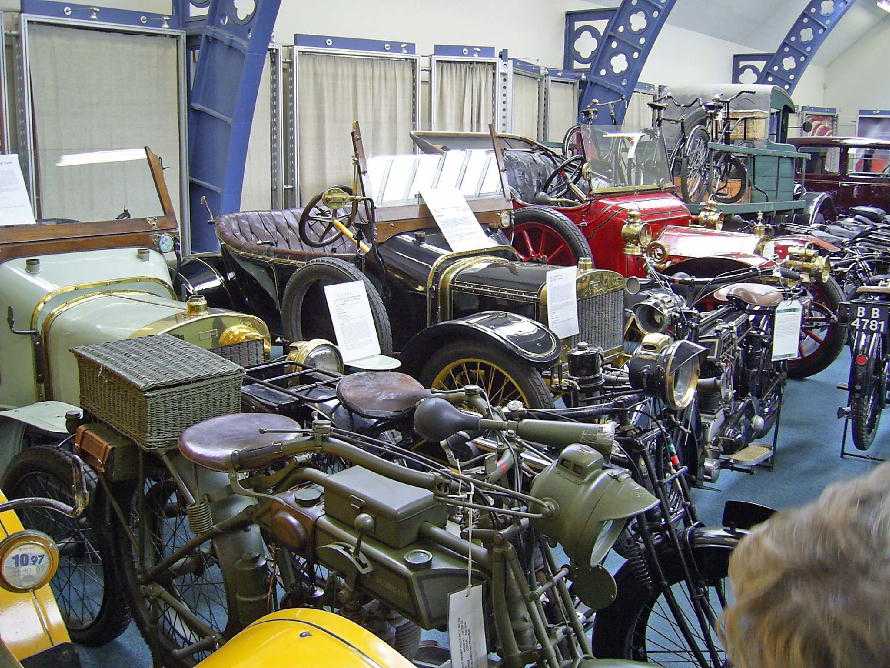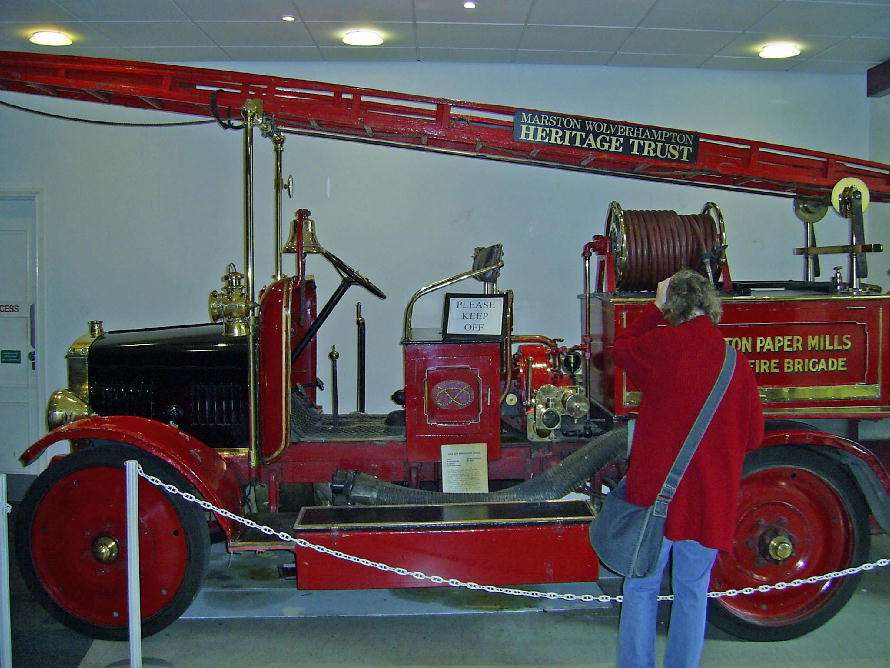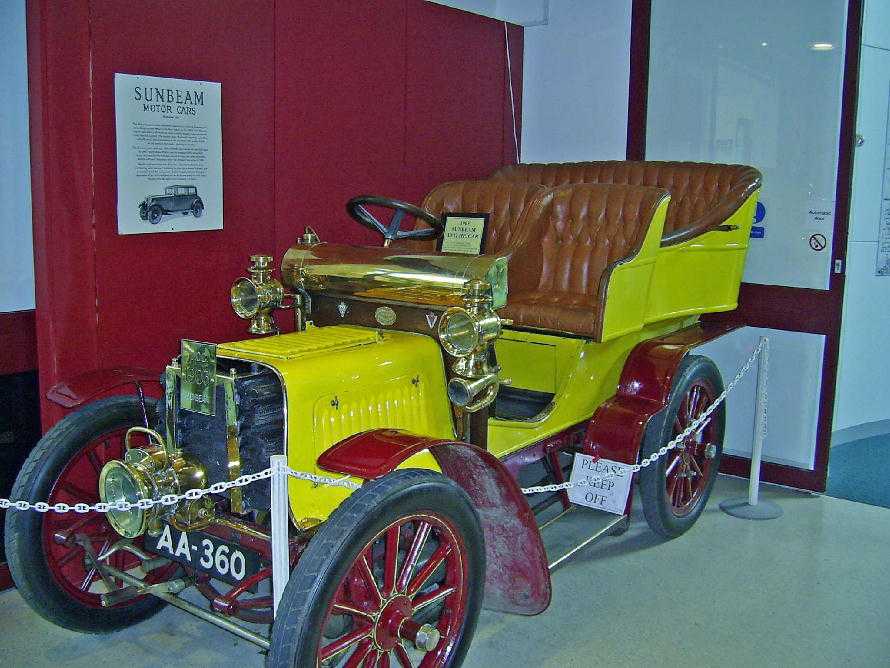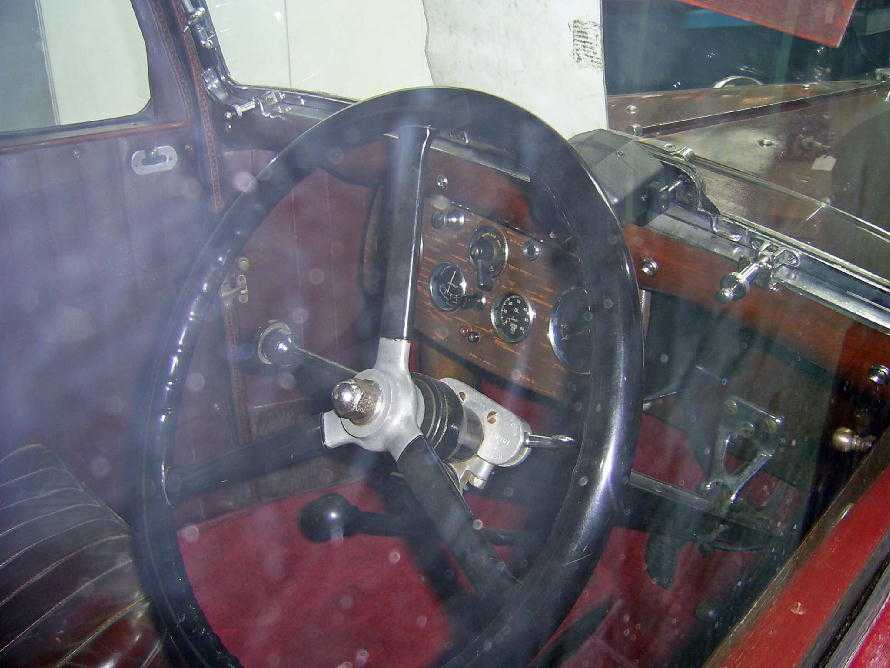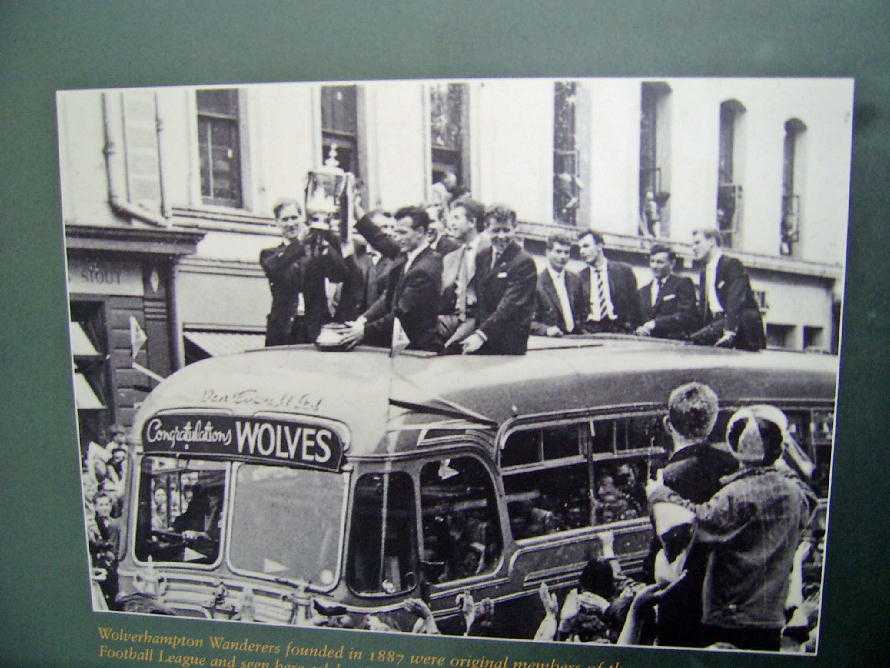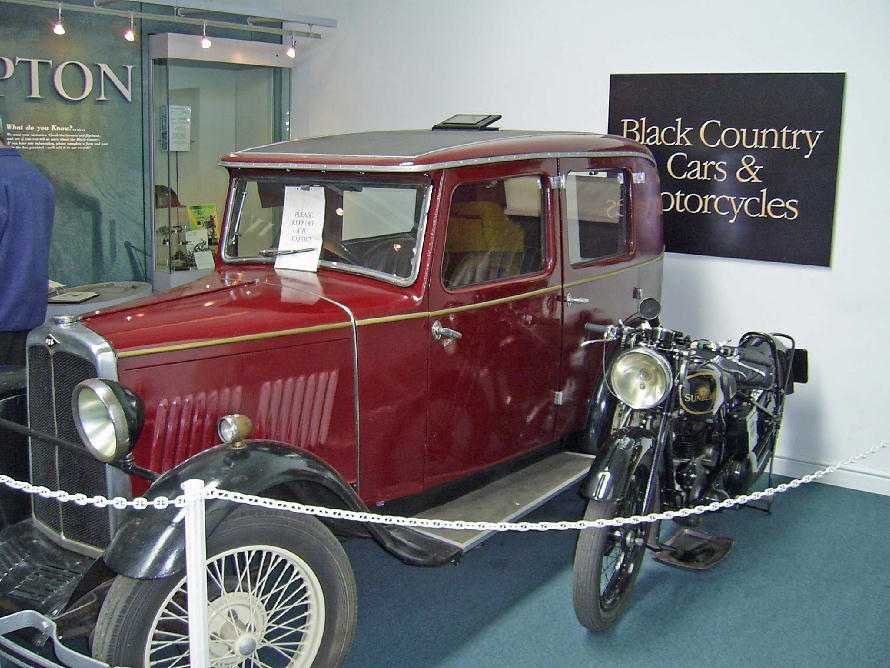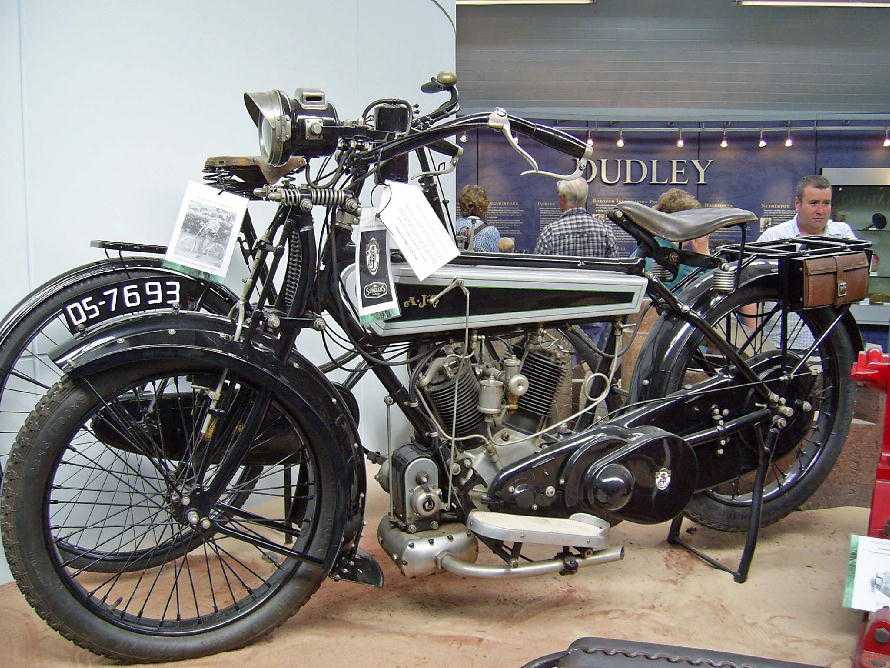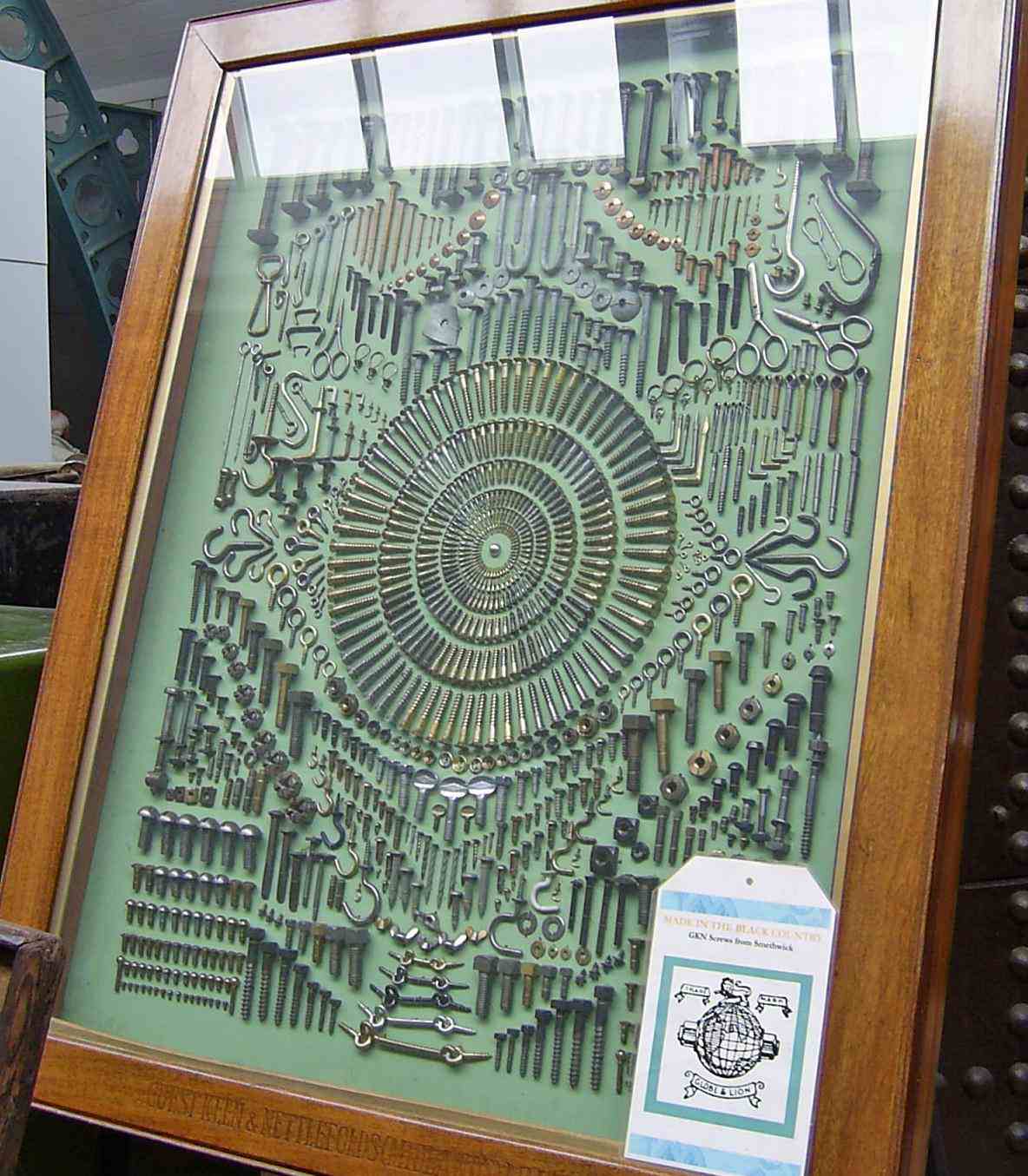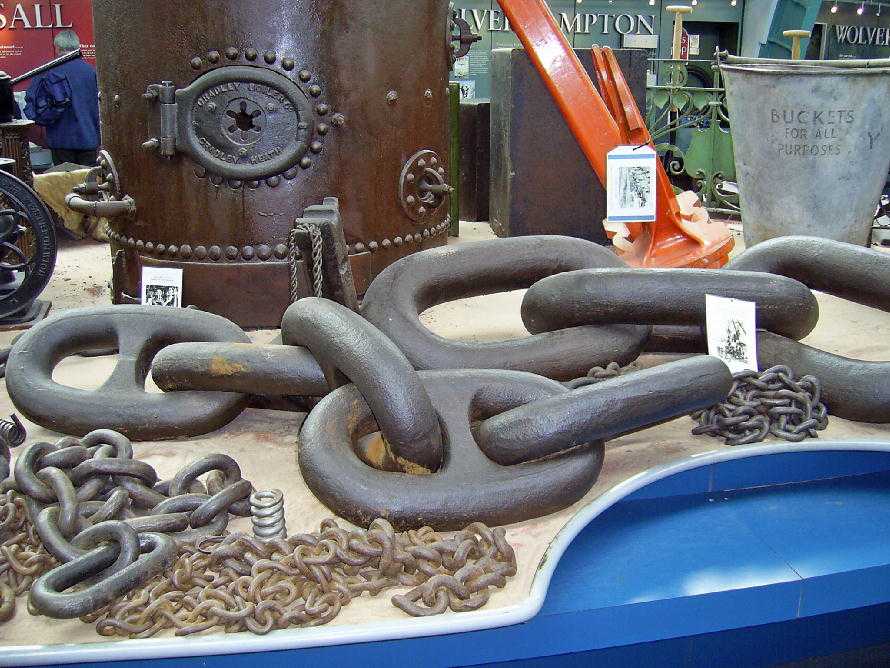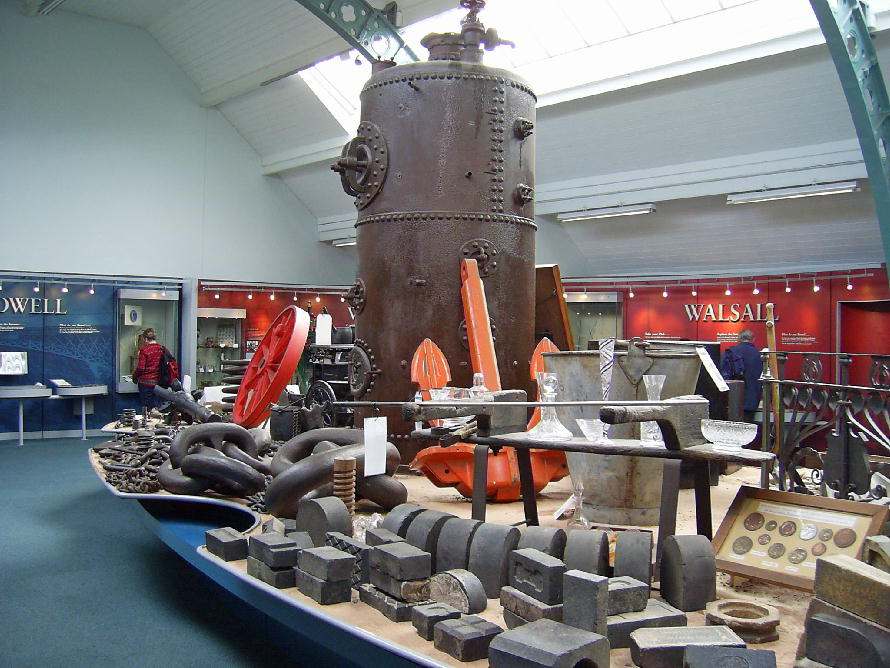Click to email me
Black Country Museum Dudley
Friday 15th September 2006
|
My wife asked me to decide between three venues for a day out and I eventually arrived at the decision to visit, for the first time, the Black Country Museum. I was not to be disappointed. It was a marvellous day out. Firstly we went through the indoor exhibition which houses star names of the region, automobiles built in the area and industrial manufacturers who made the region famous. Before all that there was a short video in a little viewing room explaining where, exactly, is the "black country". It does not appear on maps as it is a population region as opposed to a geographical region. Many people imagine Birmingham as being part of this but it is not, being completely separate and even the accent is different. The name "black country derives from the black smoke which exuded from all the chimneys of the industry which shot up here. An American consul once wrote that the region was "black by day and red by night". Human morality was gravely affected by this and many many people died of industrial related diseases of a bronchial sort. Many many more died "on the job" as health and safety, a much maligned feature of today's life, was none existent. After the indoor section we (my wife and I) went out into the world of the black Country as told by rebuilt buildings, moved into the site and rebuilt in their original condition. Following on from the images of the buses below is an image of a semi detached. What is peculiar about this one, one of only 4 built, is that it is made of caste iron! Someone in the council at the time failed to do their sums, thinking it would be cheaper to build homes of this method instead of the traditional brick. They soon realised their folly and went back to normal construction methods. I believe the cost for 4 times as high! After having a good luck at the reconstructed mine head, very detailed is is too, we went around to the tilted cottage and and across the canal into the "village". Reconstructed original buildings form the streets and there is a real live sweet shop (as I sit here dipping into my sherbet!); a cake shop and a Fish & Chip Ship, outside of which was always a healthy queue all the time we were there. Passing the chandlers, hardware stores and chemist (all stocked with the proper items) we went to the Pub! Here we enjoyed a drink in sawdust surroundings and went into a room I called the "snug" where a fire blazed, smoked more like, away. After the pub we went to the canal, followed by the Fish & Chip shop then around to the cobblers and Nail Makers workshops. There is here a tiny cinema where they show silent movies. On display is the original cinematograph used. Around to the Foundry and displayed anchors before leaving the village and entering the School. Laid out in 1932 vintage, I believe, it was really nice, except for the rather foreboding cane sitting near the teacher!! Yes, I did have a "swish" in the general direction of my wife! After the school, and a bit of graffiti from me on a pupils slate board, we passed the 1930's fairground and into the rebuilt Earl of Derby's Road Toll house. The widow who last ran it used to grow vegetables in her rear garden to sell to those plying the road. After the rebuilt Newcomben engine we were now back at the "entrance". A wonderful day, and well recommended to those of you who have not yet been there. Please, click on the images to see full sized.
|
